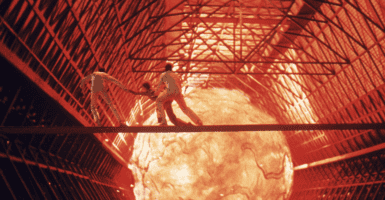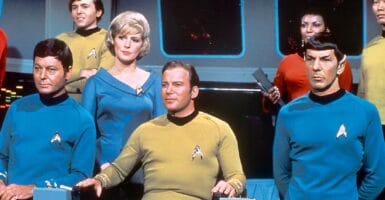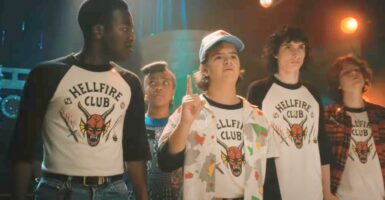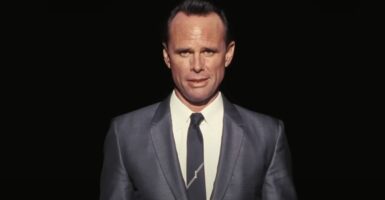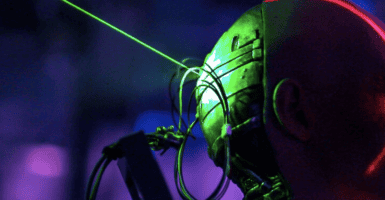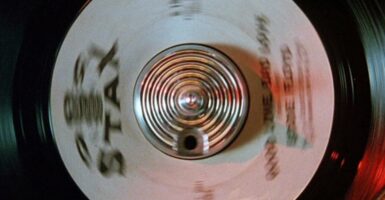The Definitive Guide To Star Trek Aliens: From Andorians to Zetarians
By Michileen Martin | Published
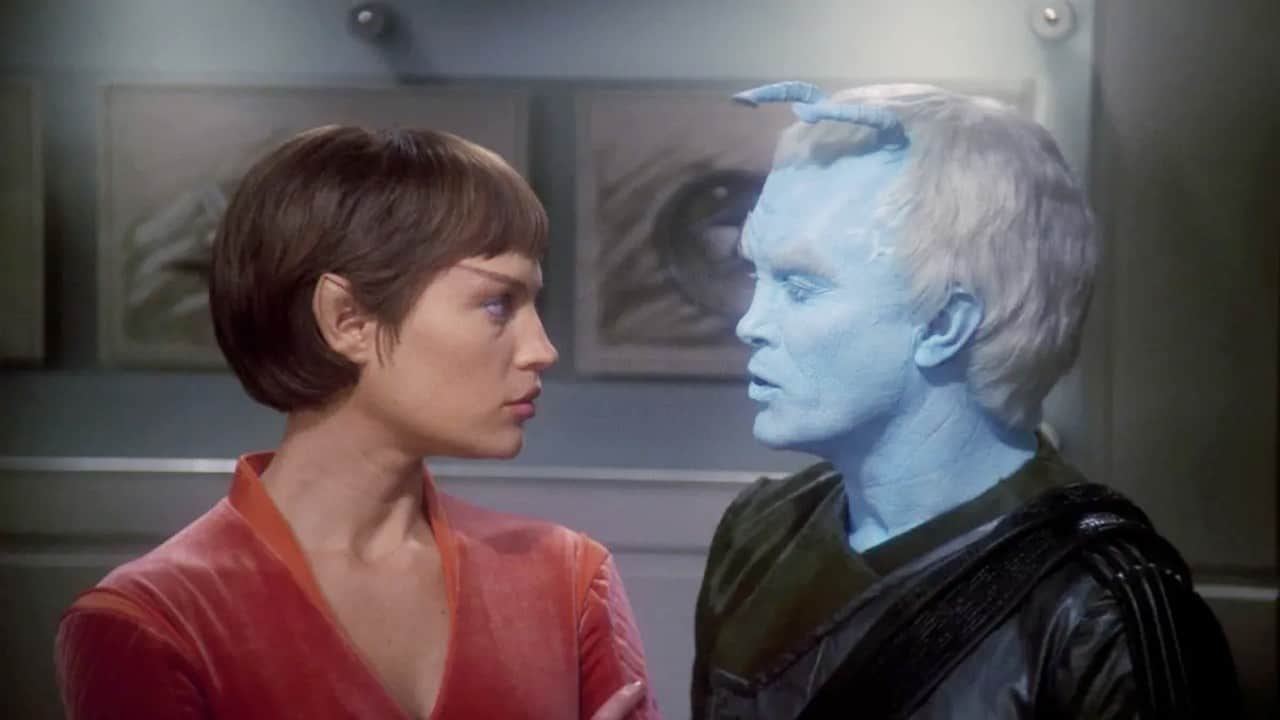
The Fantastic Aliens Of Star Trek's Universe
The heroes of Star Trek are always looking for “new life and new civilizations” and after over half a century of TV series and films, they’ve found quite a few. From allies to enemies to everything in-between, here are the many fictional alien species of Star Trek’s vast universe.
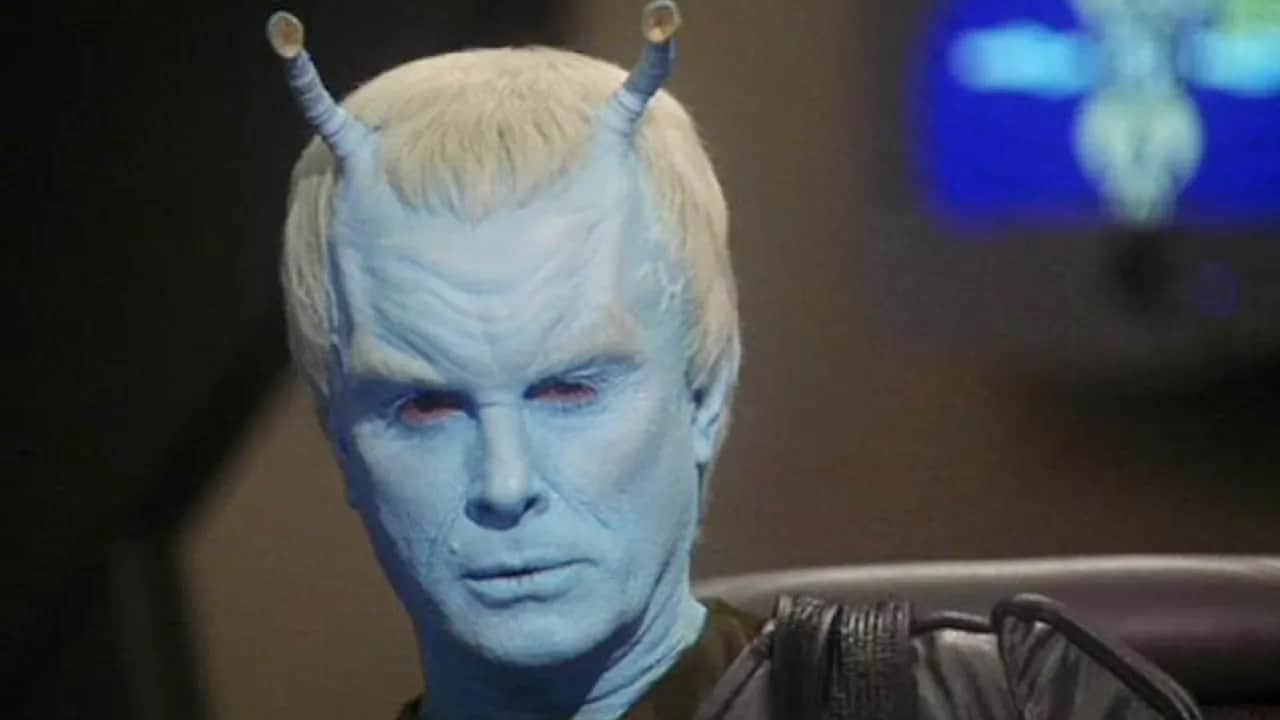
Andorians
The blue-skinned Andorians are one of the four founding species of the United Federation of Planets. Jeffrey Combs’ Shran of Star Trek: Enterprise, a fierce Andorian commander who starts off as an antagonist, is probably the most well-known member of the species in the franchise.
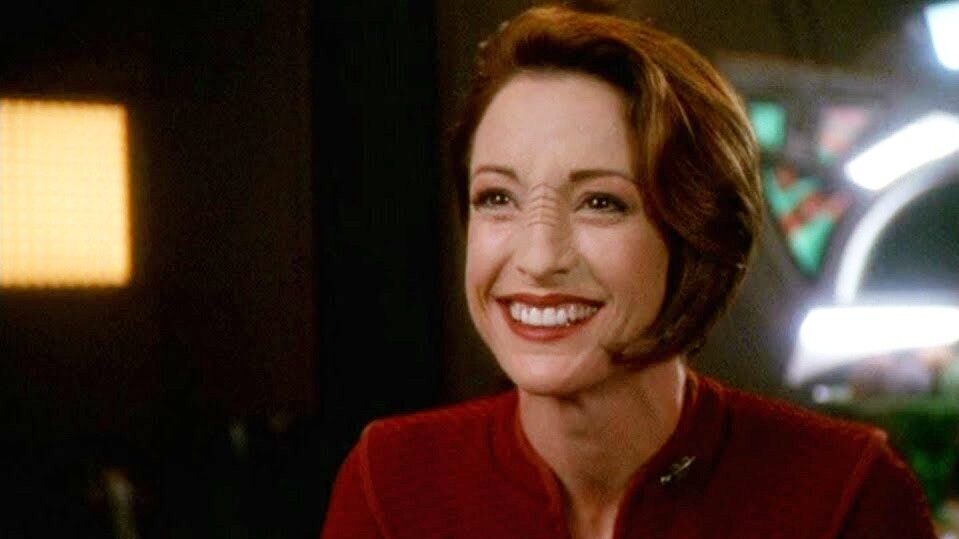
Bajorans
A deeply spiritual people, the Bajorans suffered under the tyranny of the Cardassian Empire for over 50 years. Once they liberated themselves, they found friends in the Federation but have yet to join it themselves. Physically, Bajorans are distinguishable from humans because of their nose ridges. They usually wear elaborate earrings that represent their faith, and at one point in their history denoted their caste.
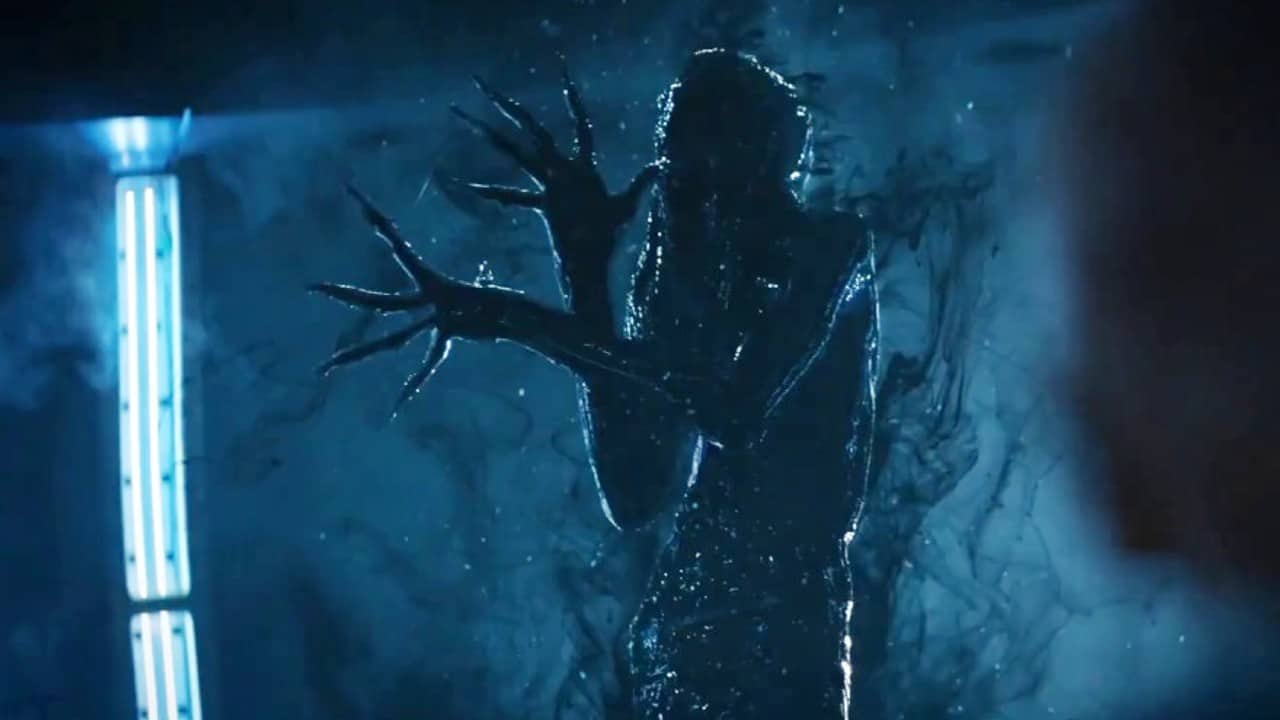
Ba'ul
The Ba’ul is an aquatic species whose long, spindly features are obscured in some kind of black, smoky substance. Hailing from the planet Kaminar, the Ba’ul were once driven to near extinction by the Kelpiens. In Star Trek: Discovery, we learn that the Ba’ul made sure their predators could never hunt them again by fooling them with an elaborate conspiracy.
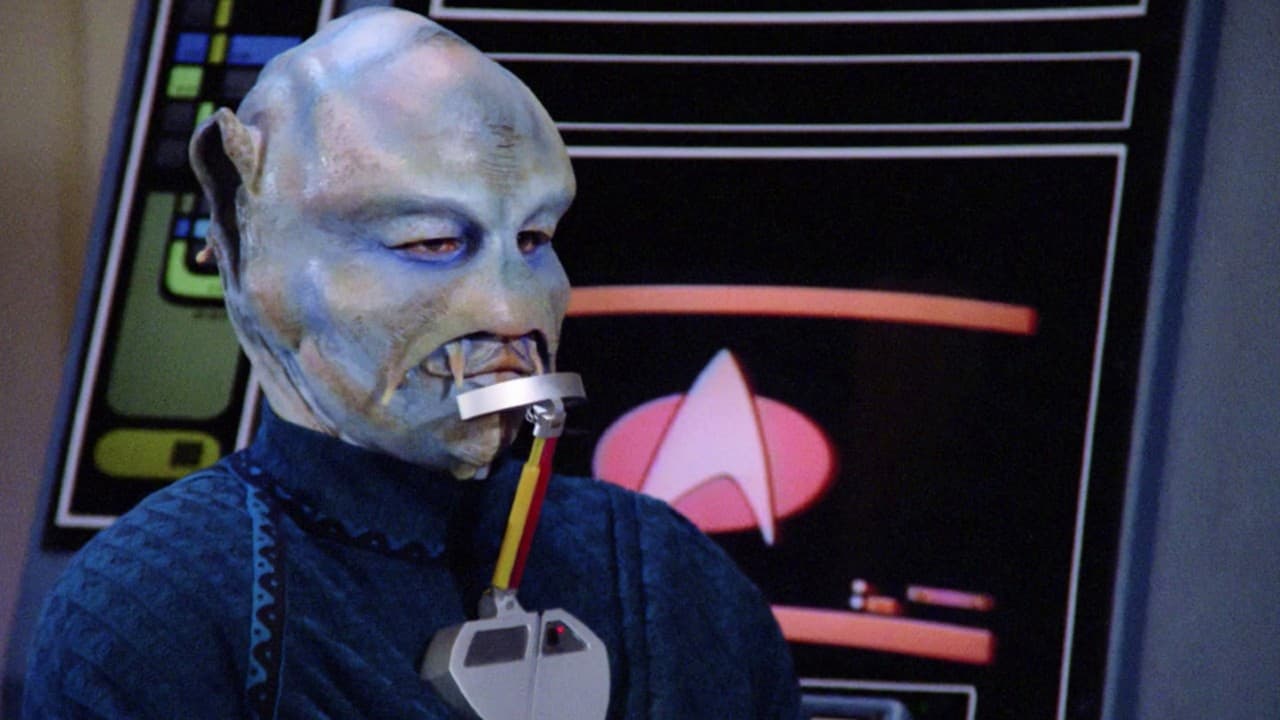
Benzites
We first meet this Federation species in the Star Trek: The Next Generation episode “Coming of Age,” when the Benzite Mordock (John Putch) becomes the first of his people to join Starfleet Academy. Most benzites have to wear breathing apparatuses while working with other Federation races, because they are unable to breathe unaided in an oxygen/nitrogen atmosphere.
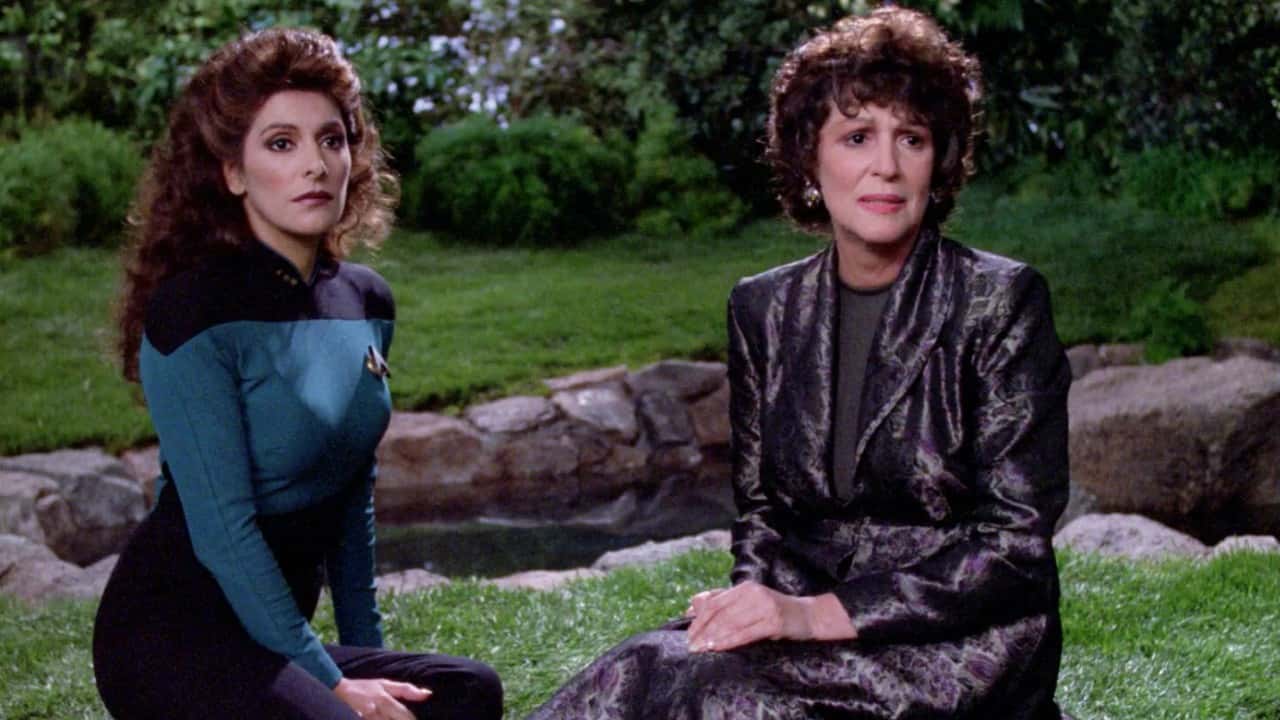
Betazoids
By the time of TNG, the telepathic Betazoids had become one of the more significant members of the Federation. The most well known Betazoid is Deanna Troi, though she is actually half-human. The late Majel Barrett played Deanna’s mother Lwaxana Troi, an important Federation diplomat and a beloved recurring character in both TNG and Star Trek: Deep Space Nine.
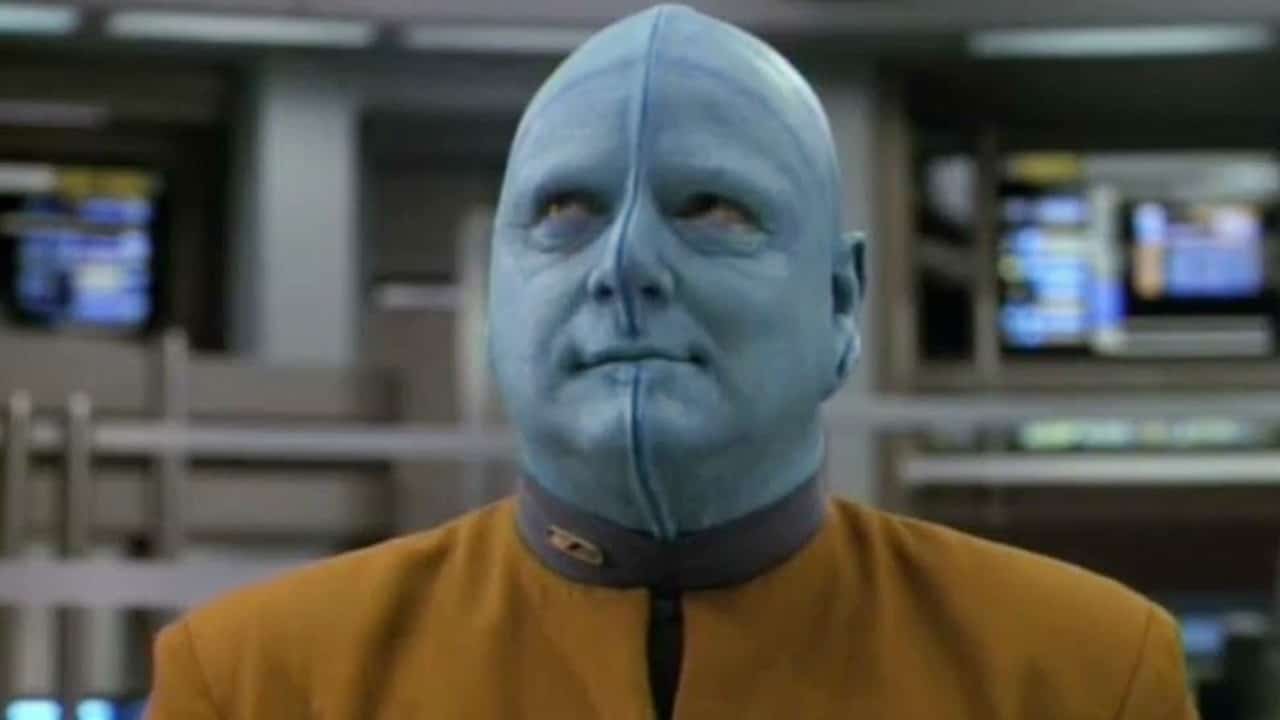
Bolians
With blue skin and a ridge running down the center of their bodies, Bolians are one of the more recognizable species in Trek. Among other things, Bolians are known to be one of the most opinionated and outspoken races in the Federation. For example, Seasons 5 and 6 of TNG had the recurring Bolian character named Mot (Ken Thorley) who would happily lecture the senior staff of the Enterprise on tactics, even though he was the ship’s barber.
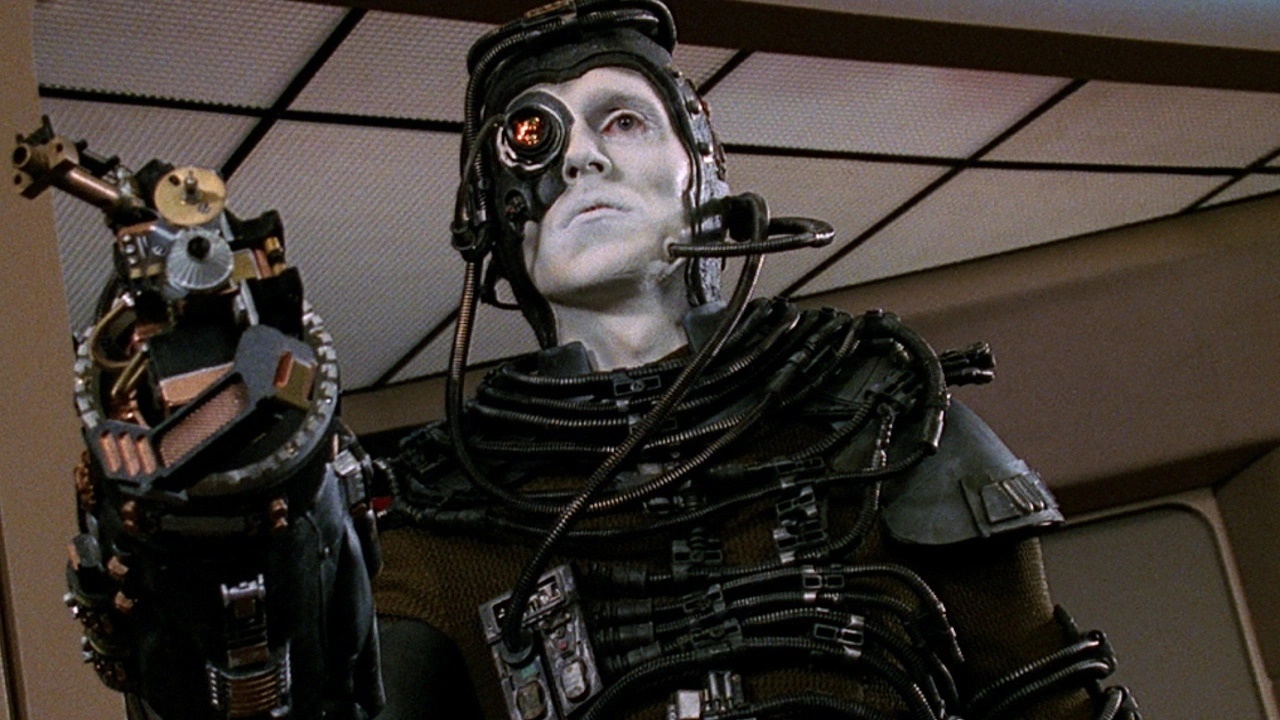
Borg
First appearing in TNG‘s “Q Who,” the Borg have since remained one of the most popular villains in the franchise. Made up of a cybernetic collective ruled by the Borg Queen, the Borg seek to assimilate the technology and the organics of every species on their ceaseless quest for perfection.
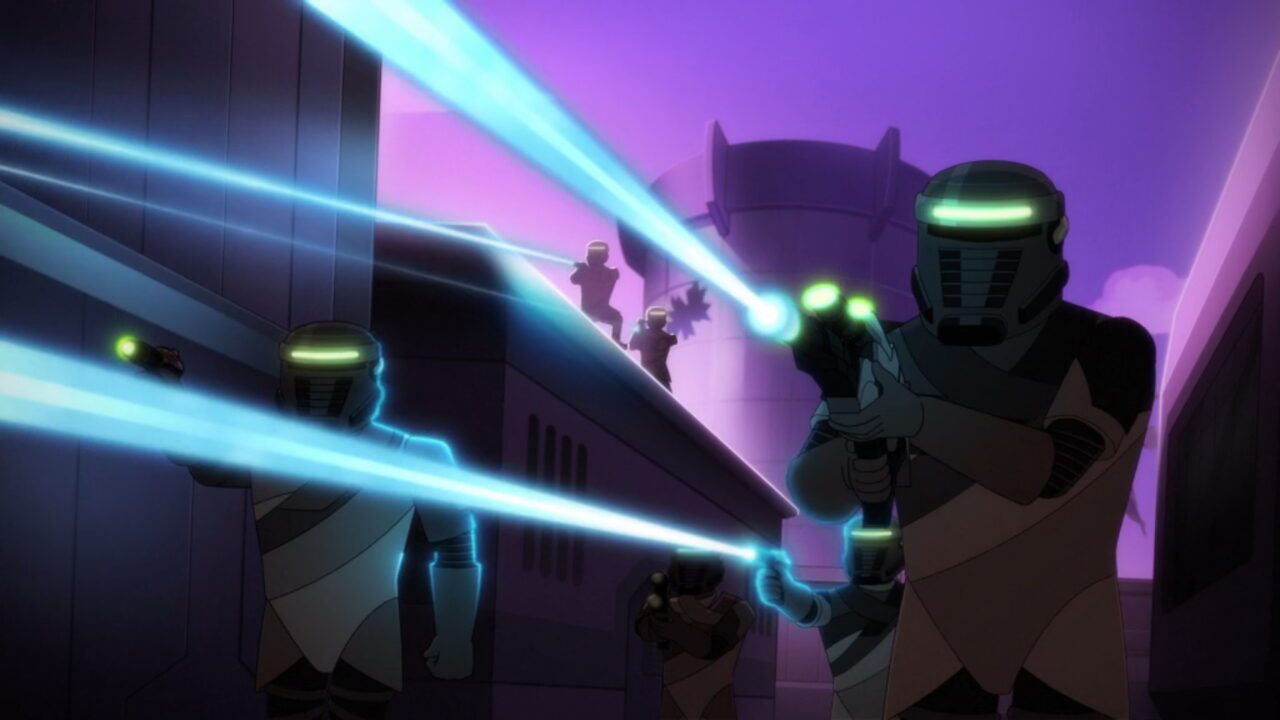
Breen
The Breen are one of the most mysterious races in Trek. First popping up in DS9, they eventually became allies to the villainous Dominion. Breen are always dressed in refrigeration suits, and there are conflicting stories about what they look like inside the suits as well as the nature of their home planet.
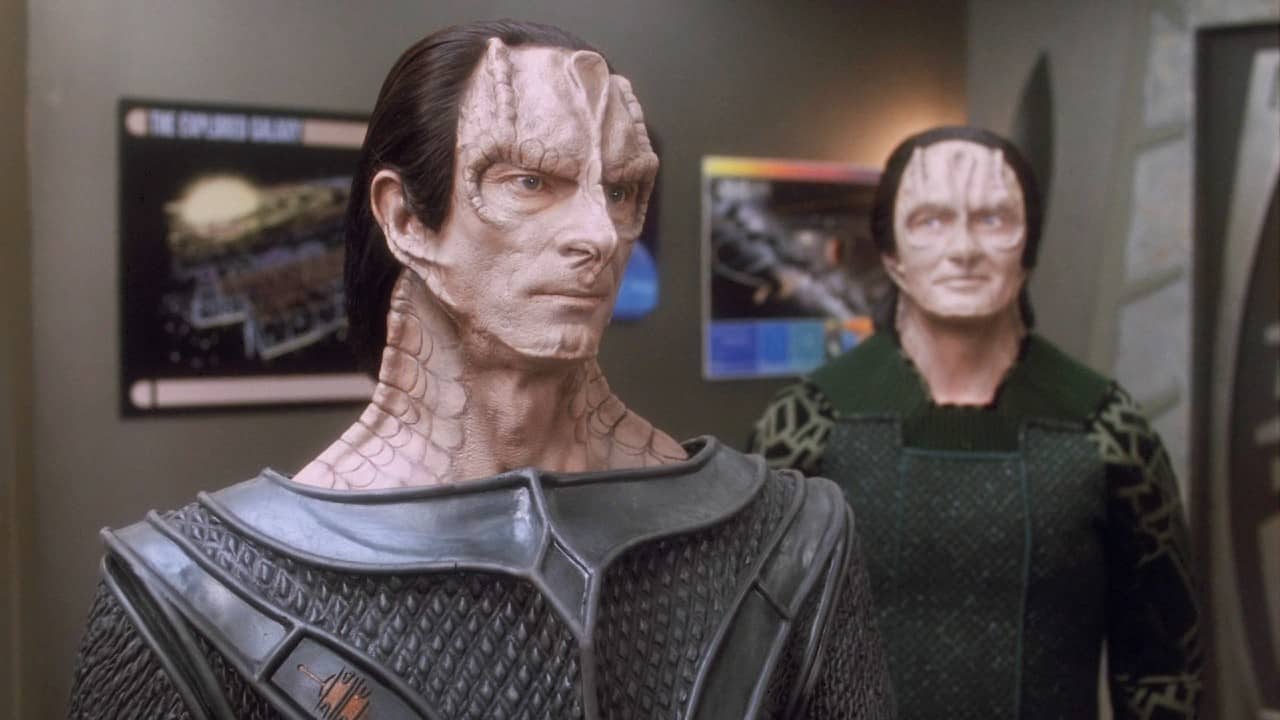
Cardassians
Known for their militaristic dictatorship, the Cardassians are one of the chief antagonists of DS9. While they agree to leave the Bajorans to their own devices, many of them — most notably Gul Dukat (Marc Alaimo) — plot to see Bajor under Cardassia’s thumb once more.
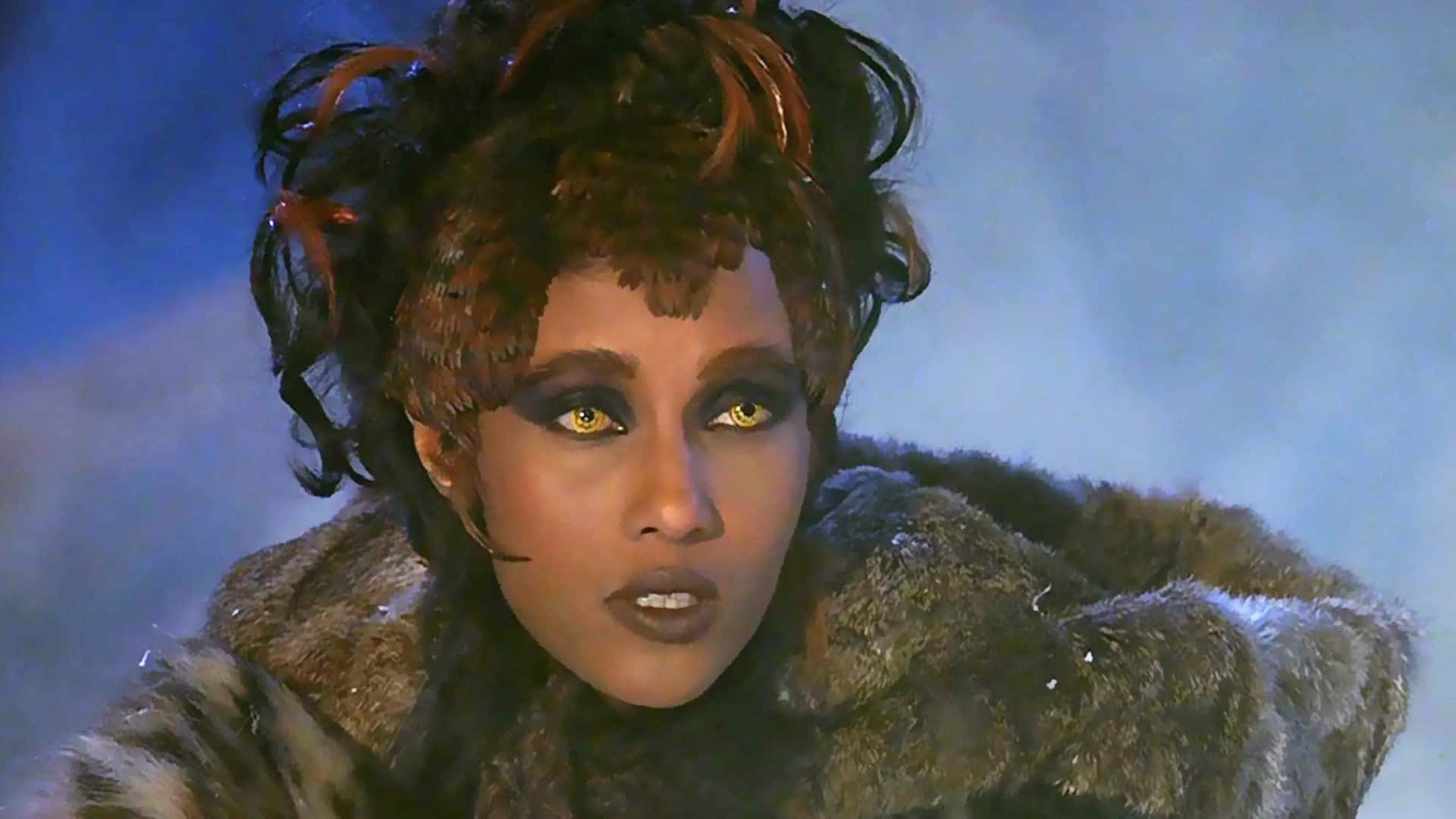
Chameloids
There’s only one Chameloid (as far as we know) who’s shown up in canonical Trek — and that’s Martia (Iman) in 1991’s Star Trek VI: The Undiscovered Country. Believed by many to be a myth, Chameloids are shapeshifters who can change their form into those of different species. The only thing they can’t change is their yellow eyes.
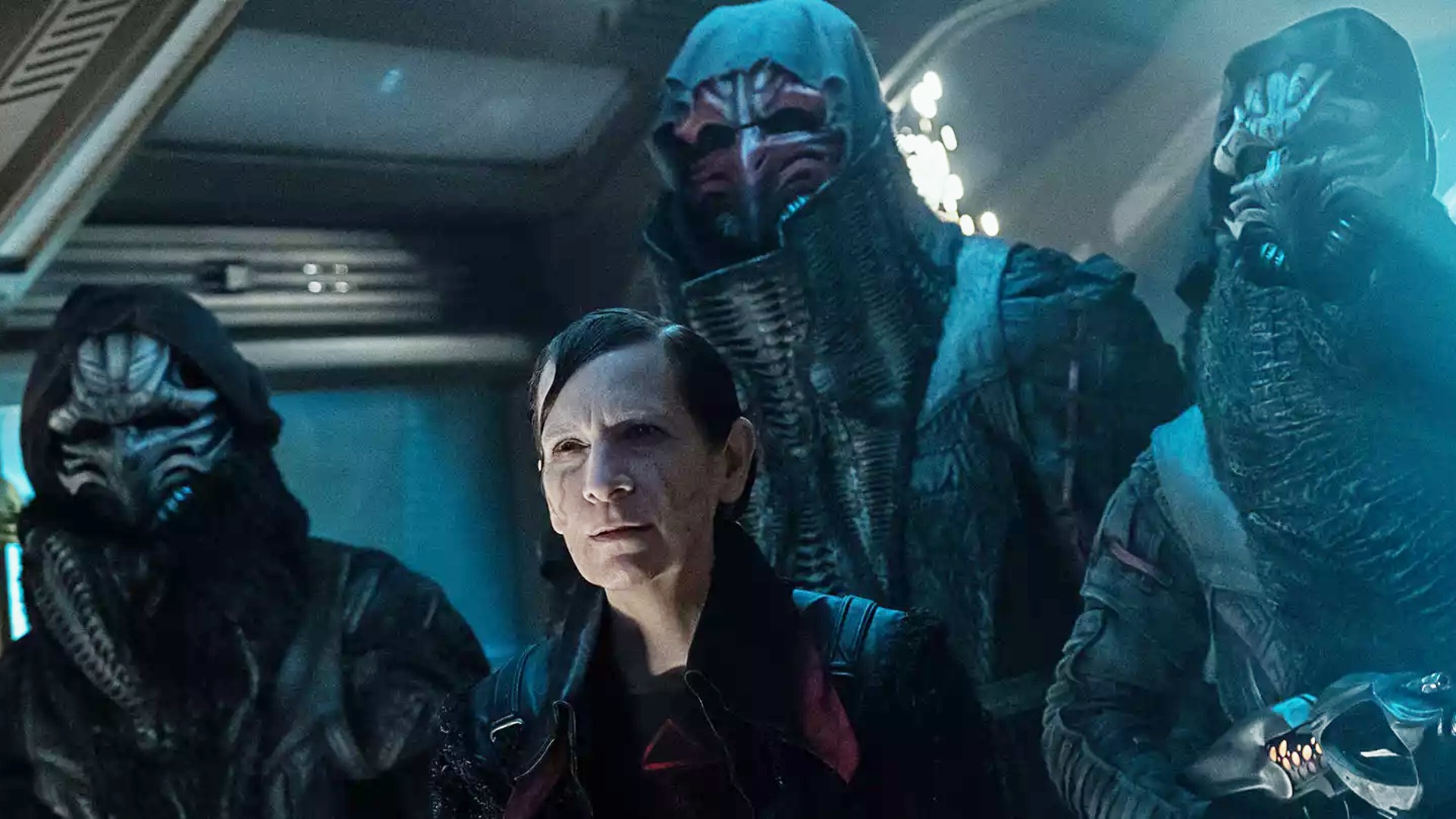
Changelings
The Changelings, aka the Founders, are a liquid-based species that formed the Dominion to bring all “solids” under their heel. Changelings can change their shape and often use this ability to infiltrate enemy societies at the highest level. A major antagonist during DS9, the Changelings just enjoyed a big return in the final season of Star Trek: Picard.
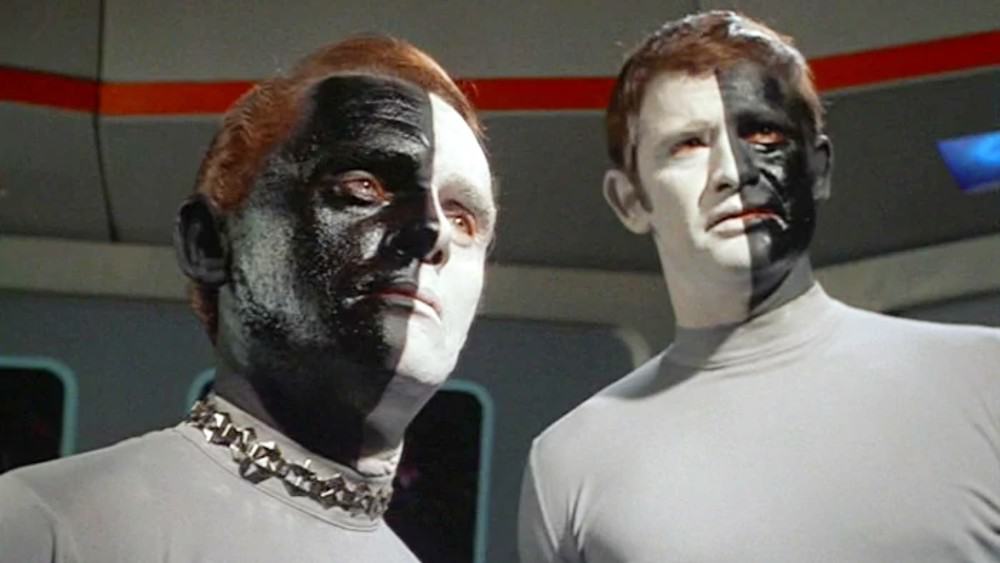
Cheronians
As far as we know, the people of Cheron are completely extinct. Split by a violent racial divide, the Cheronians went completely extinct as of the Star Trek: The Original Series episode “Let That Be Your Last Battlefield.” When the race’s only two survivors — Commissioner Bele (Frank Gorshin) and Lokai (Lou Antonio) — return home to find their people wiped out by war, they continue the conflict on Cheron alone.
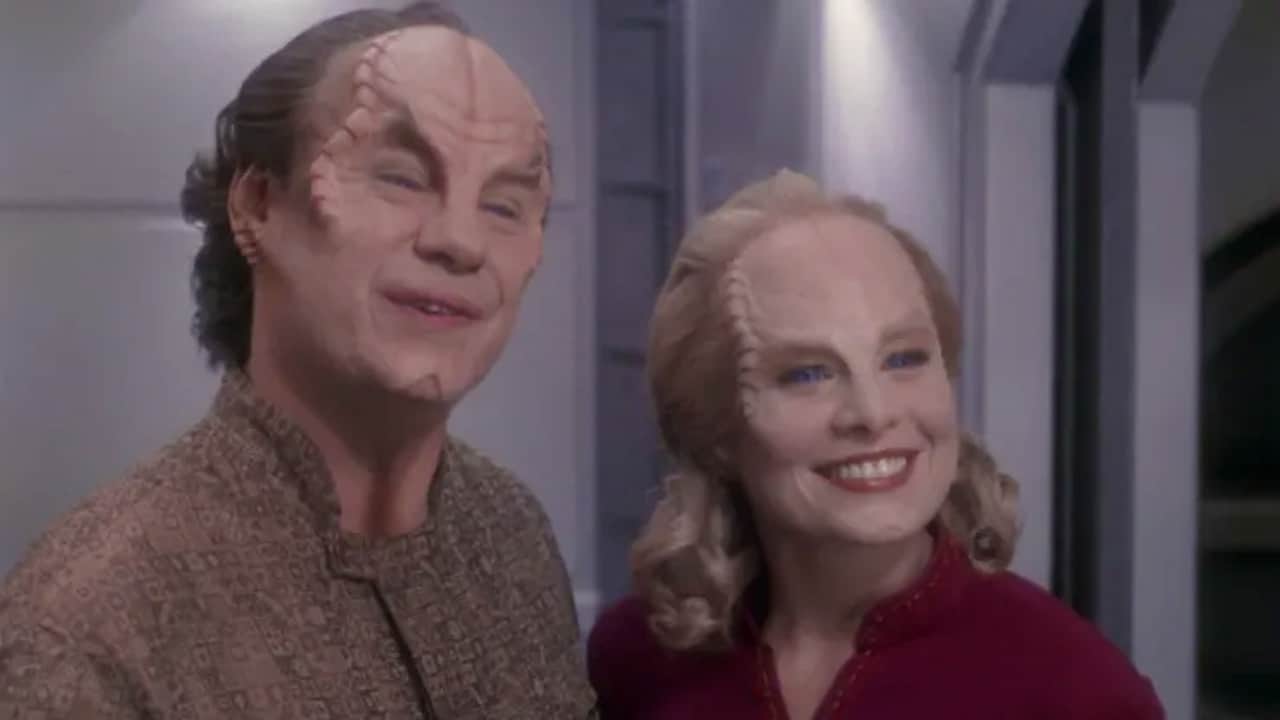
Denobulans
The first and most memorable Denobulan we meet in Trek is Phlox (John Billingsley) of Enterprise. Of all the doctors in the franchise, Phlox presents with perhaps the most easy-going manner and replaces much of the usual advanced technology with a menagerie of beasts he keeps in sick bay and often harvests to treat his patients.
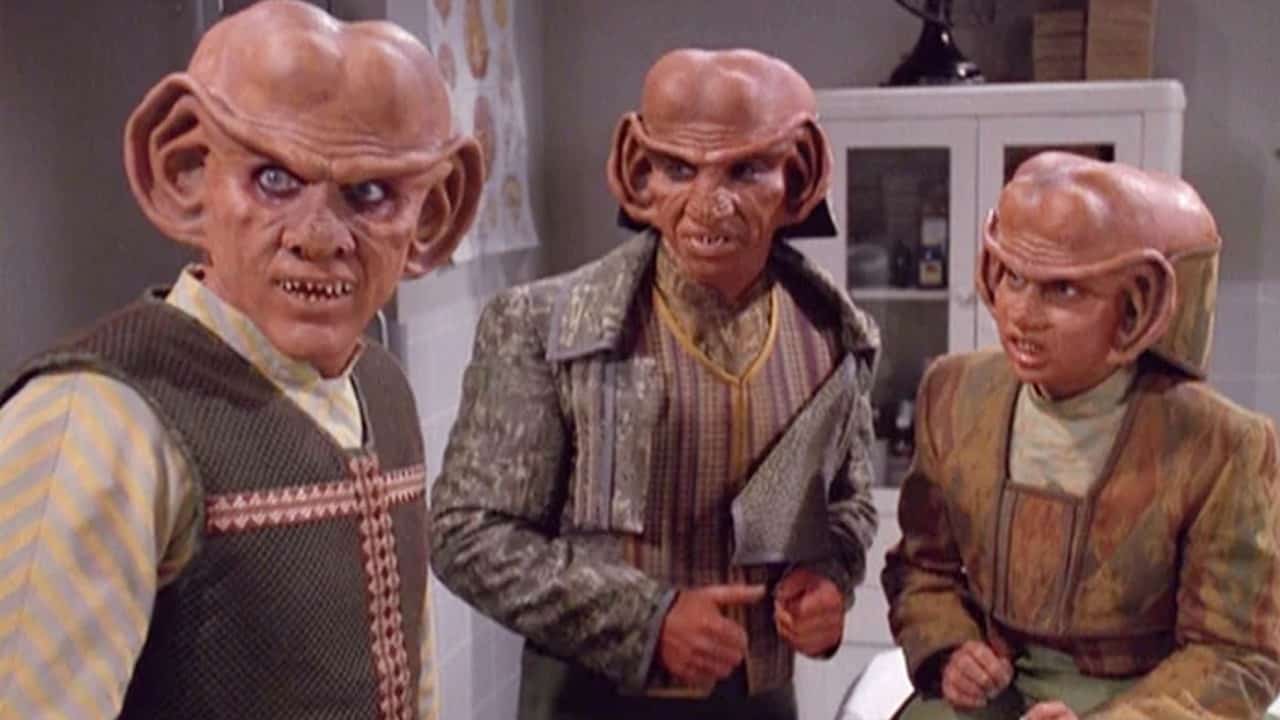
Ferengi
Introduced in TNG but perfected in DS9, the Ferengi are a people whose society revolves around the accumulation of profit. While they are introduced as antagonists and they’re fundamentally different from the Federation in many ways, they make themselves friends to the Federation on a number of occasions.
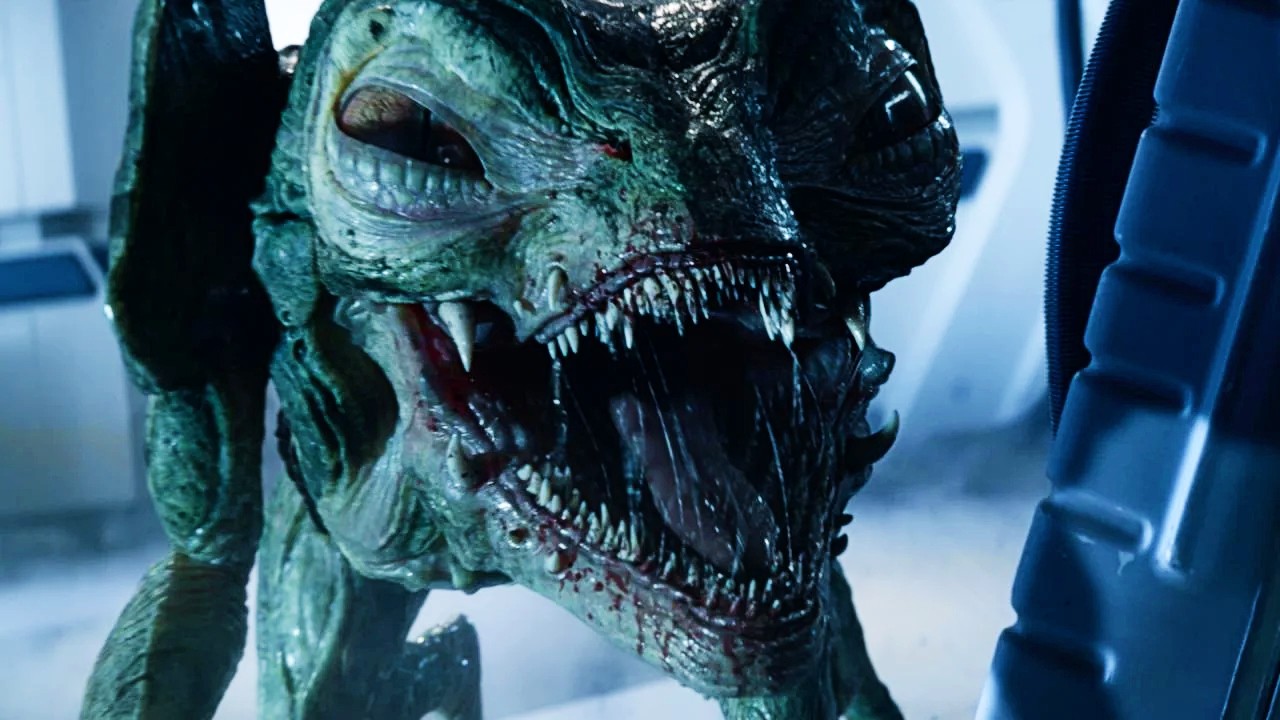
Gorn
The reptilian Gorn are known for being vicious, physically powerful, xenophobic, and predatory. They were introduced in the classic Original Series episode “Arena” and remained. in relative obscurity for a while, but are enjoying a resurgence thanks to Star Trek: Strange New Worlds.
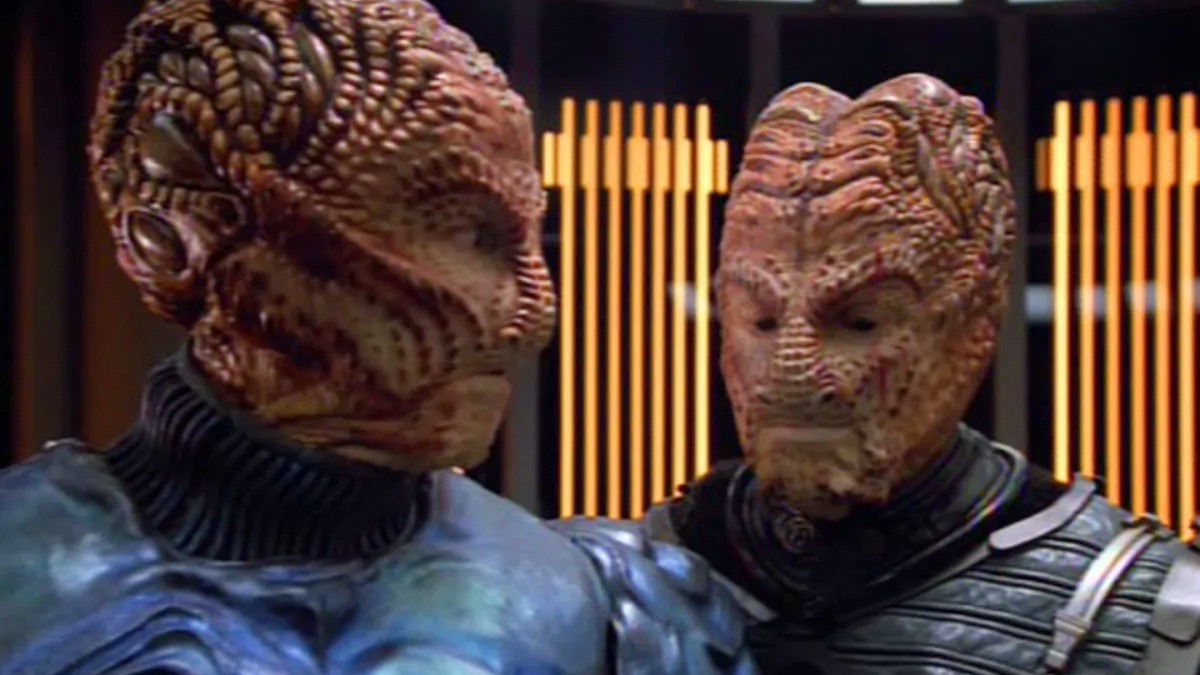
Hirogen
The Hirogen are a nomadic species obsessed with hunting, and more than once the titular crew of Star Trek: Voyager had the misfortune of being their prey. They are mostly located in the distant Delta Quadrant, though according to the last season of Picard, some of them eventually make their way to the Alpha Quadrant.
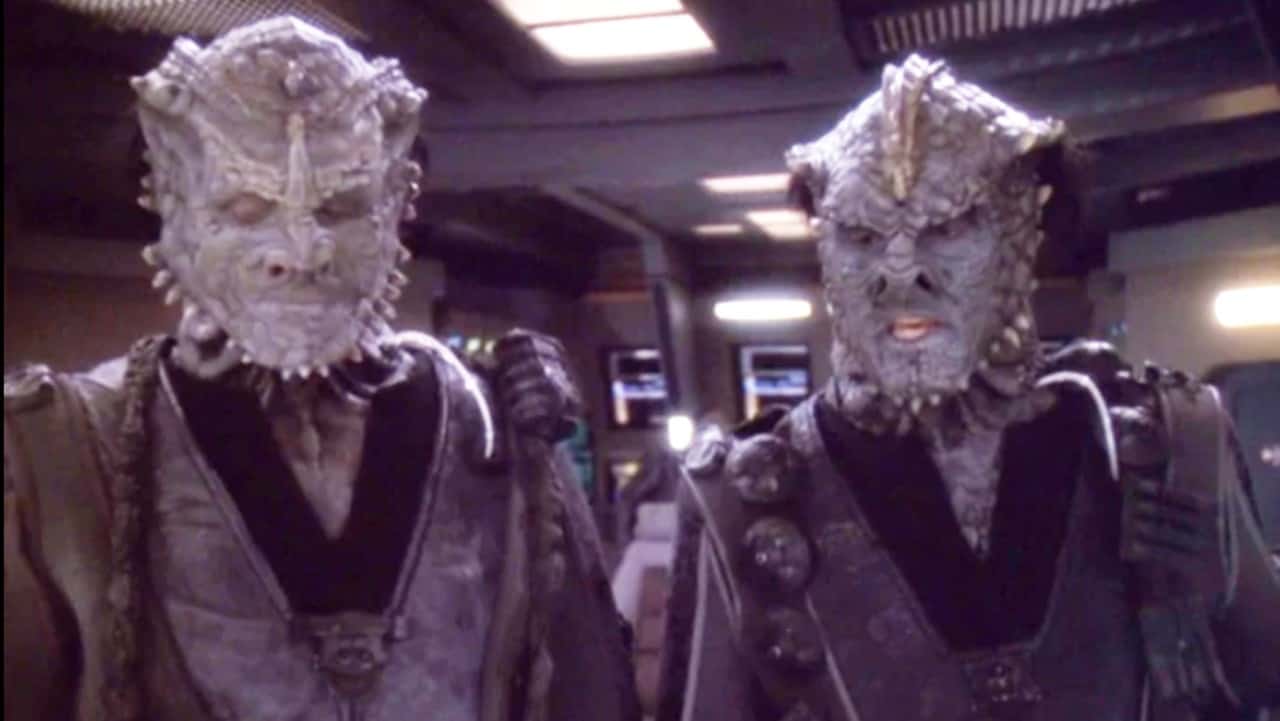
Jem'Hadar
Physically powerful, able to cloak their bodies, bred purely for combat and trained in war as soon as early as infancy, the Jem’Hadar are the feared foot soldiers of the Dominion. They worship the Founders as gods and are further kept in line by their addiction to the drug Ketracel-white; without which they go mad and ultimately die. Their call-and-response motto is “Obedience is victory! Victory is life!”
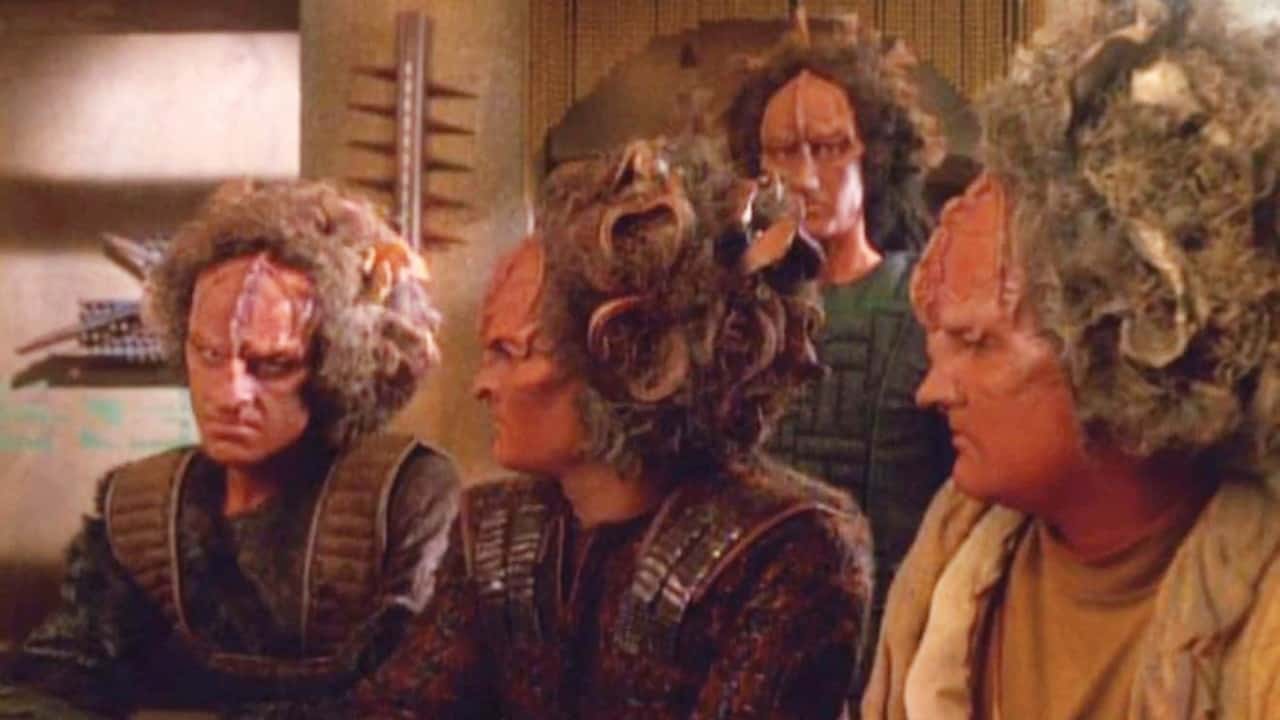
Kazon
The warriors of the Kazon were one of Voyager’s most constant foes in their series’ first couple of seasons. A warrior race splintered into over a dozen different sects, the Kazon weren’t as technologically advanced as Starfleet’s lost ship, but what they lacked in tech they often made up for in numbers.
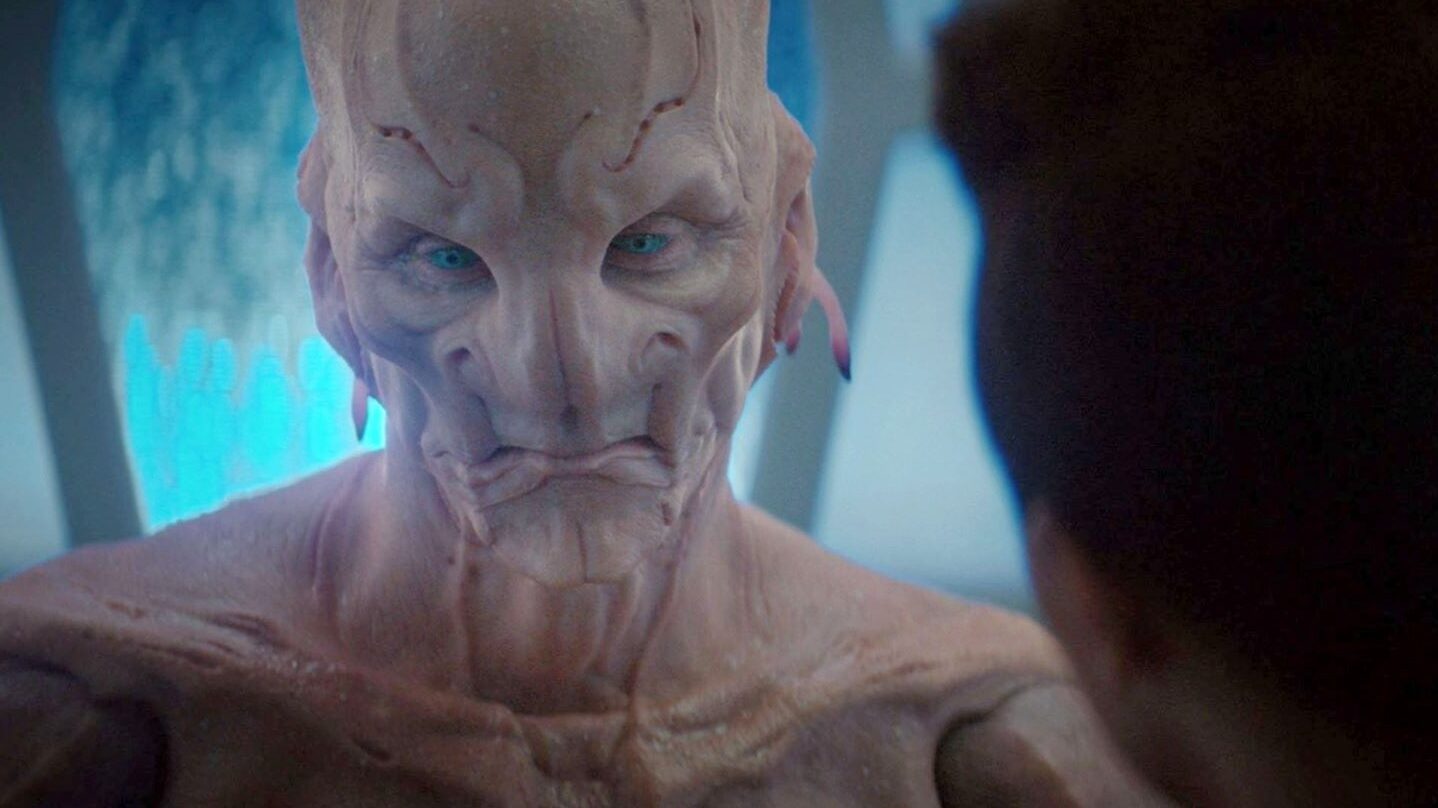
Kelpiens
We first meet the Kelpiens in Discovery, thanks to the hero Saru (Doug Jones) who was the first of his people to join Starfleet. It’s Saru who exposes the Ba’ul lie that keeps his people subservient and effects their liberation. By the 31st century, the Kelpiens had joined Starfleet.
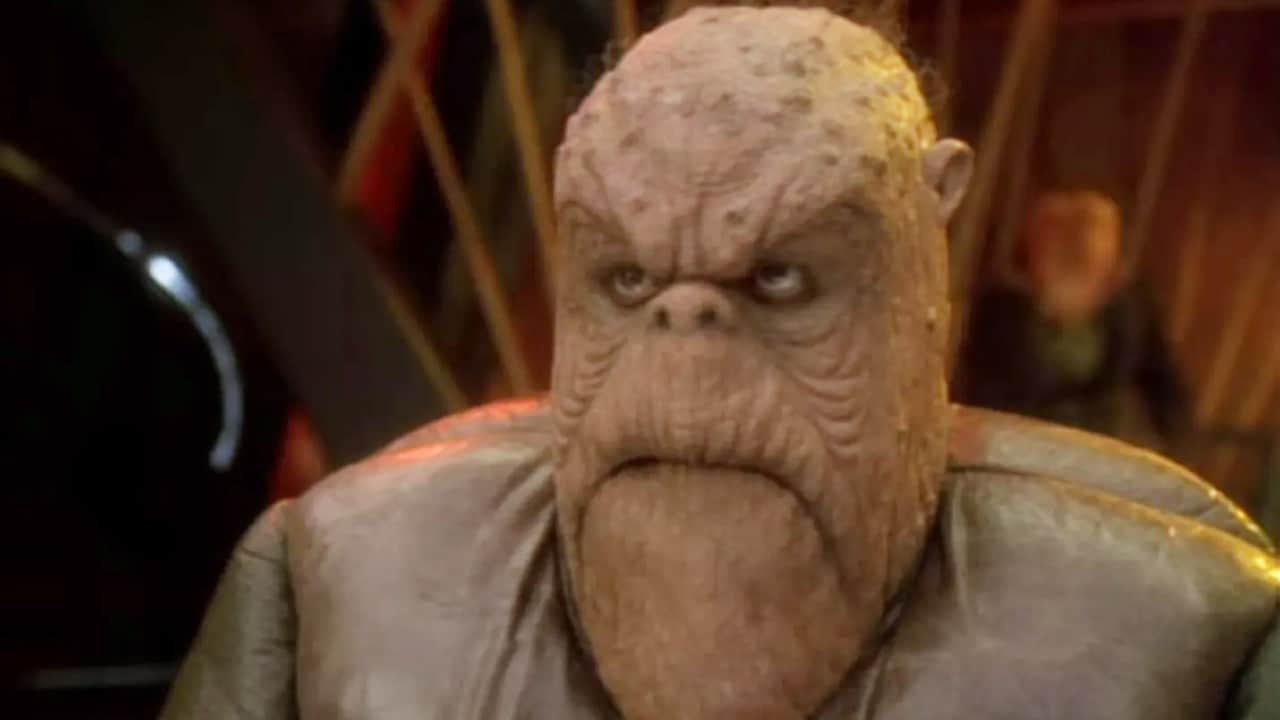
Lurians
Without question, the most well known Lurian is Morn of DS9. Lurians are built like defensive linemen, have four lungs, and also have two stomachs. If the rest are anything like Morn, they say nothing when the cameras are on, but can hardly shut up when they’re off.
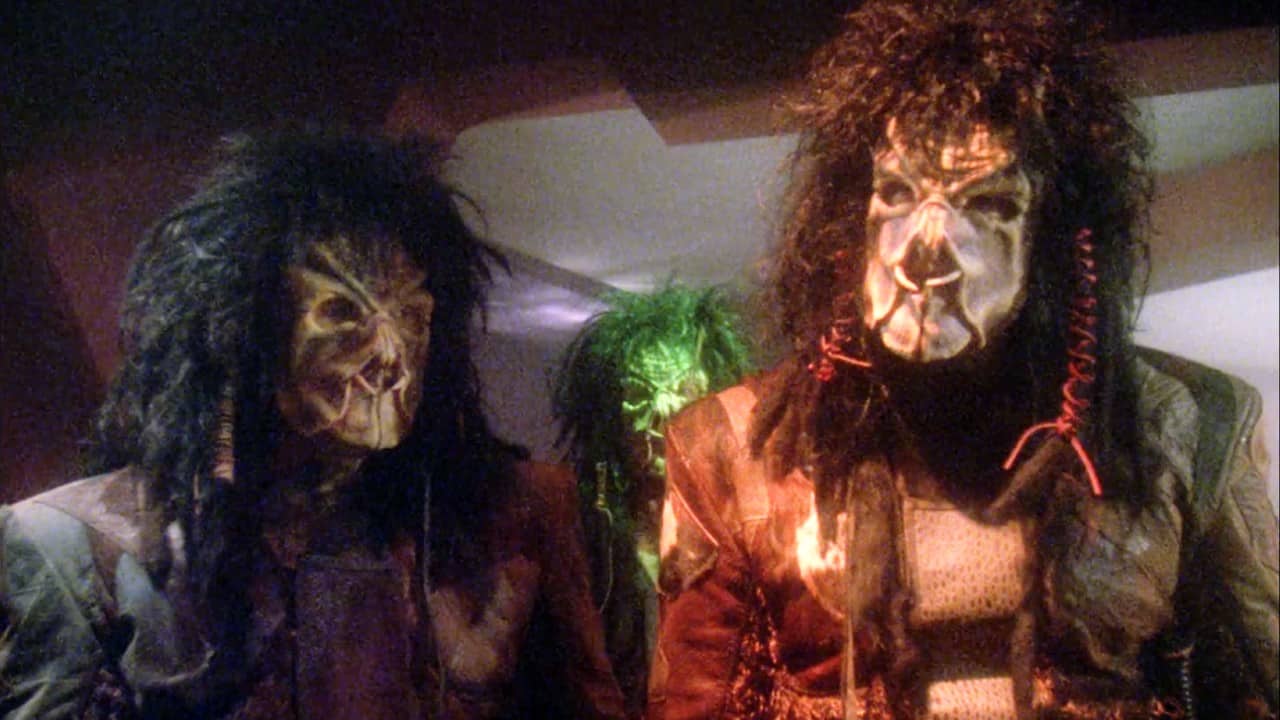
Nausicaans
Nausicaans are large, have mouths flanked by mean looking pincers, and often have bad attitudes. They’re first seen in TNG, when one of them stabs a young Jean-Luc Picard (Patrick Stewart) through the back during a bar fight. But they’re giving human spacefarers trouble as early as Enterprise.
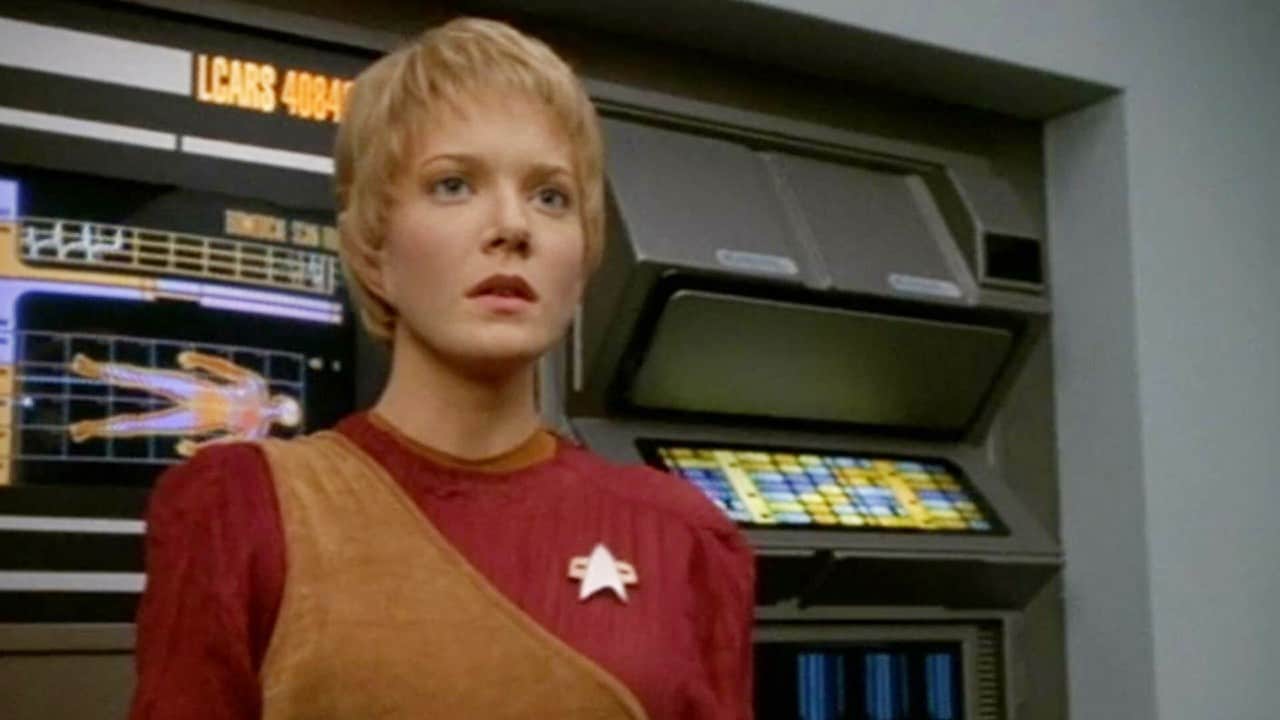
Ocampa
We first meet this interesting race in the premiere episode of Voyager, when the bulk of the species is being taken care of by the enigmatic Caretaker. Ocampa have very short lifespans of about seven years. They also possess incredible psychic abilities, though in most Ocampa these powers remain dormant.

Orion
First appearing in the unaired pilot “The Cage,” Orions are one of the first alien races to appear in Star Trek. Known by their green skin, Orions are known for piracy and by the 31st century they’ve joined forces with Andorians to form the powerful Emerald Syndicate.
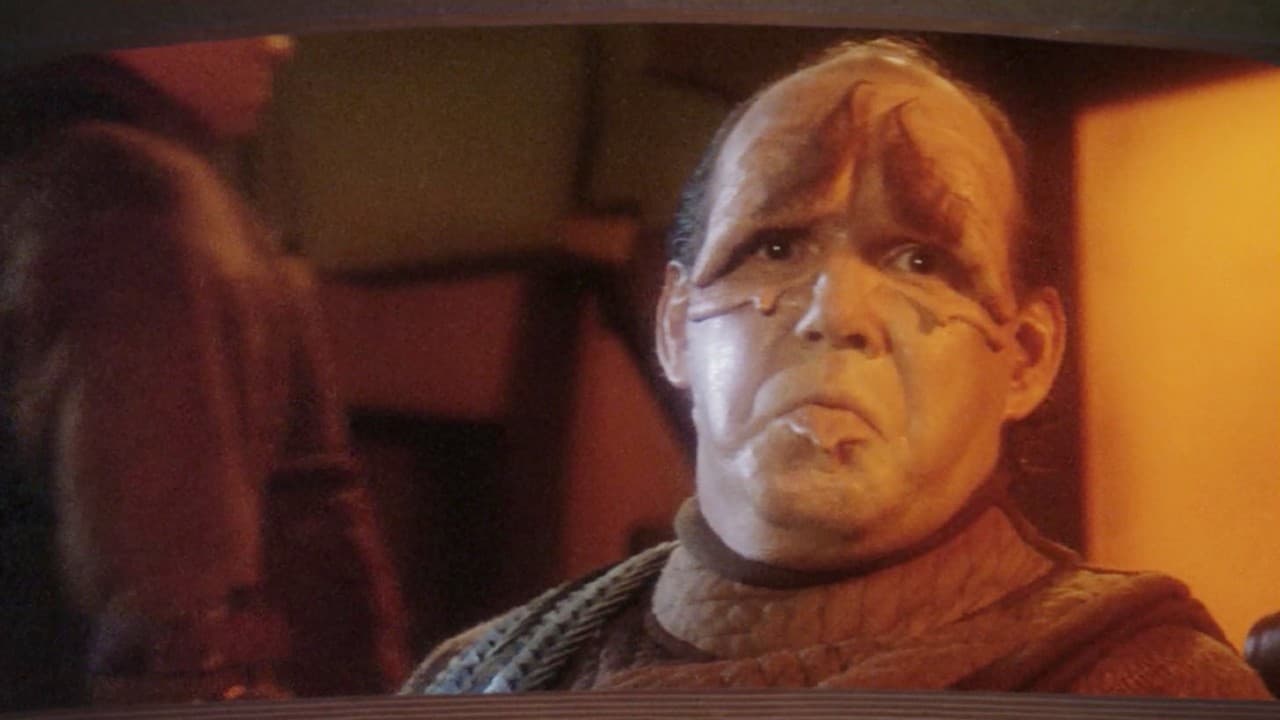
Pakleds
Pakleds have a reputation for being dimwitted, but on a number of occasions Trek heroes have underestimated to their peril. In fact, a large chunk of the animated series Star Trek: Lower Decks has featured the Pakleds as the heroes’ chief antagonist.
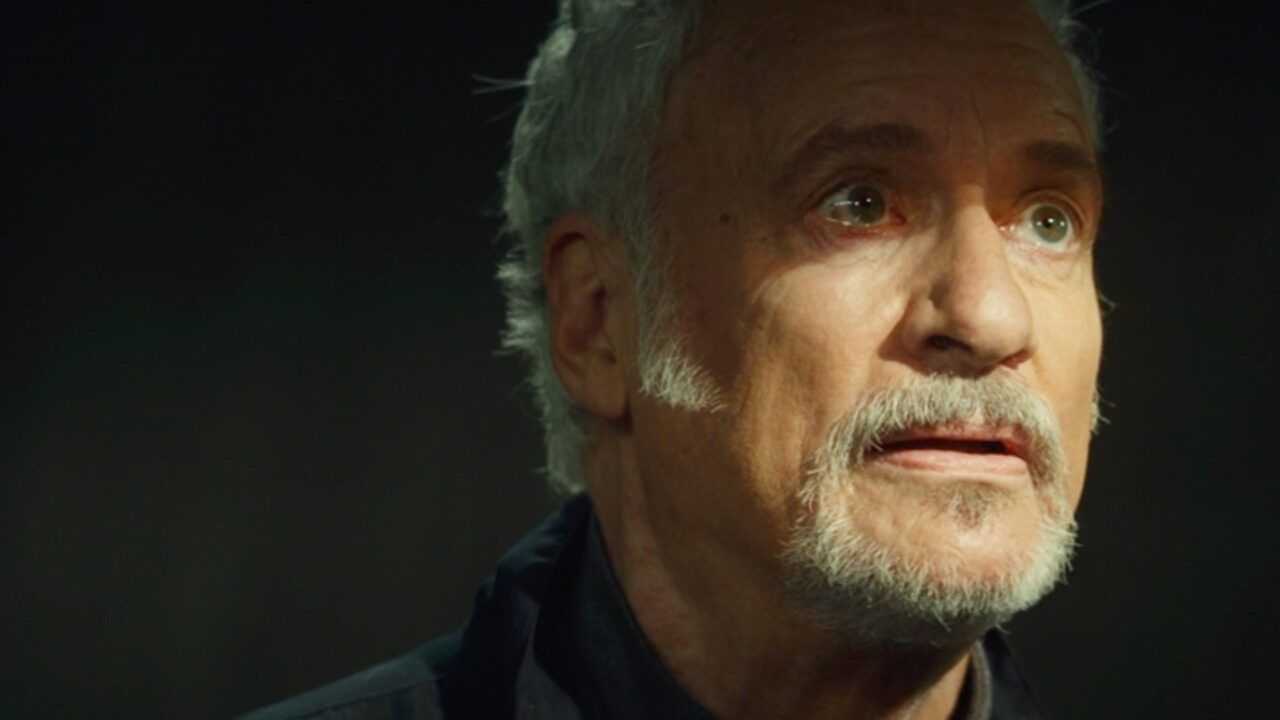
Q
The mysterious and seemingly omnipotent Q are best known for their meddling in the affairs of Star Trek’s heroes — notably the Q (John de Lancie) introduced in TNG. While Q were believed to be all-powerful, in Season 2 of Picard, the same Q who had hounded Jean-Luc dies without explanation.
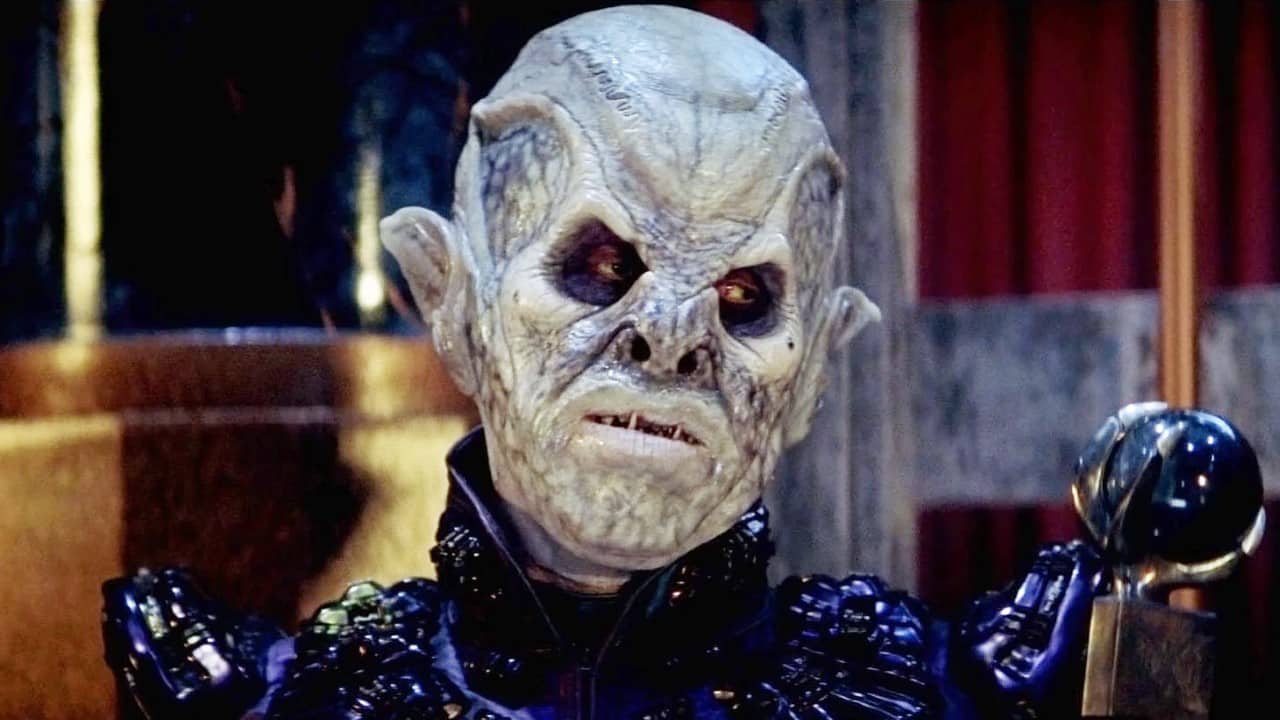
Remans
Remans are a subspecies of Romulans who lived in servitude until the Picard clone Shinzon (Tom Hardy) helped their elevation to power in 2002’s Star Trek: Nemesis. Along with their Nosferatu-like appearance, Remans were distinct from Romulans because of their telepathic abilities.
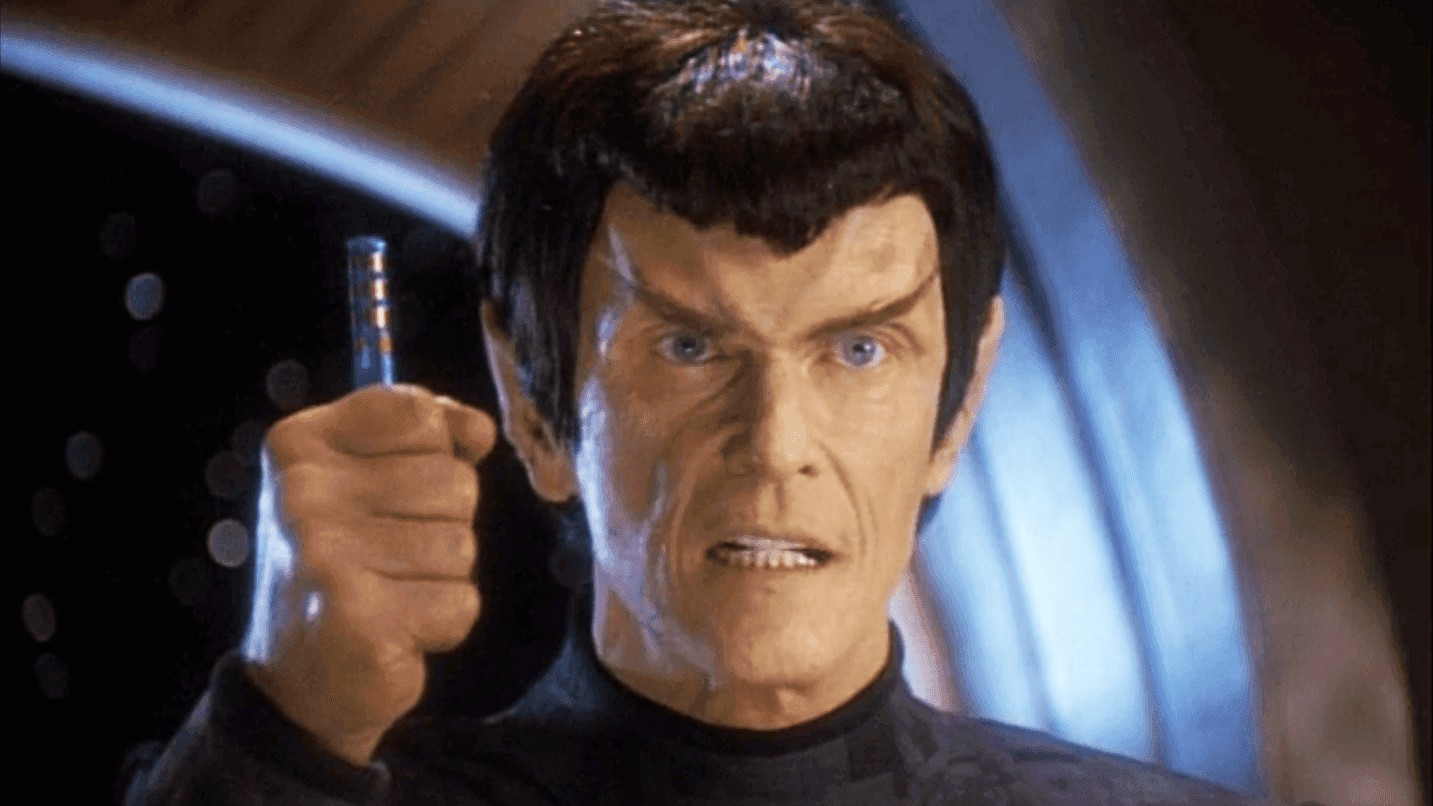
Romulans
An offshoot of Vulcans, Romulans are usually antagonists when they show up in Star Trek. They’re remarkably distrustful of other species, and are known not only for being aggressive with their military, but very active in espionage. Along with Klingons, they were one of the first races in Trek to regularly use cloaking tech.
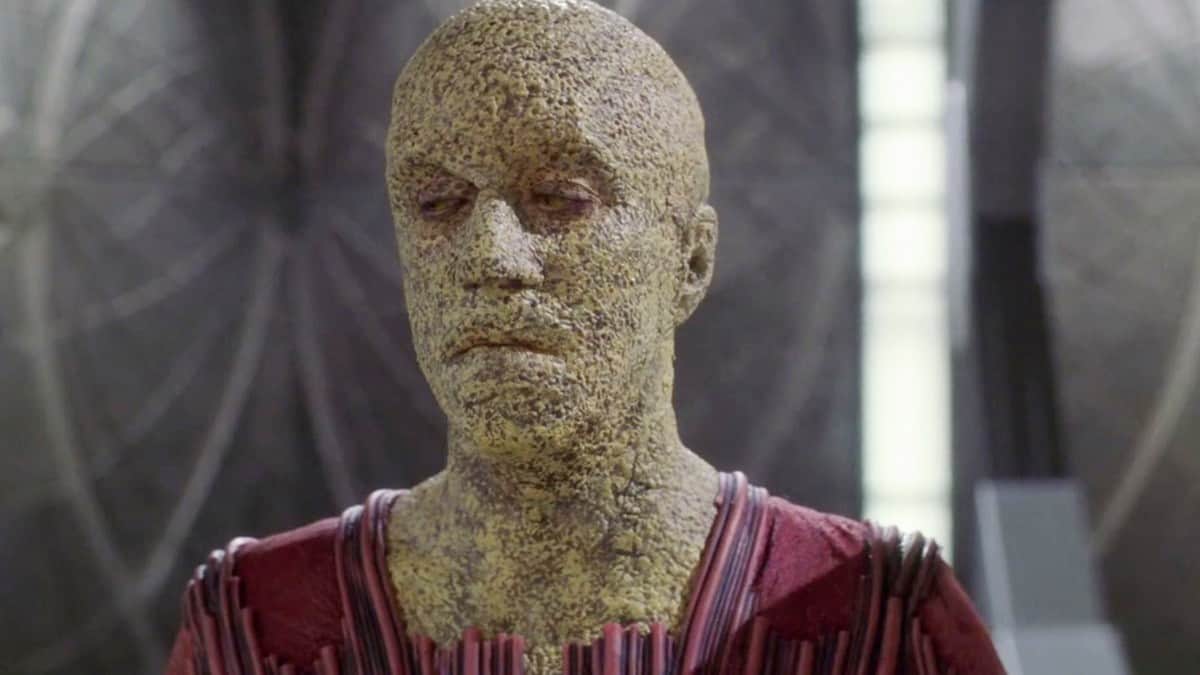
Suliban
So far, the Suliban’s appearances have been limited to the prequel series Enterprise. As soldiers in the Temporal Cold War, many Suliban were genetically altered to be given extraordinary abilities such as being able to camouflage their bodies or to crawl along walls and ceilings.
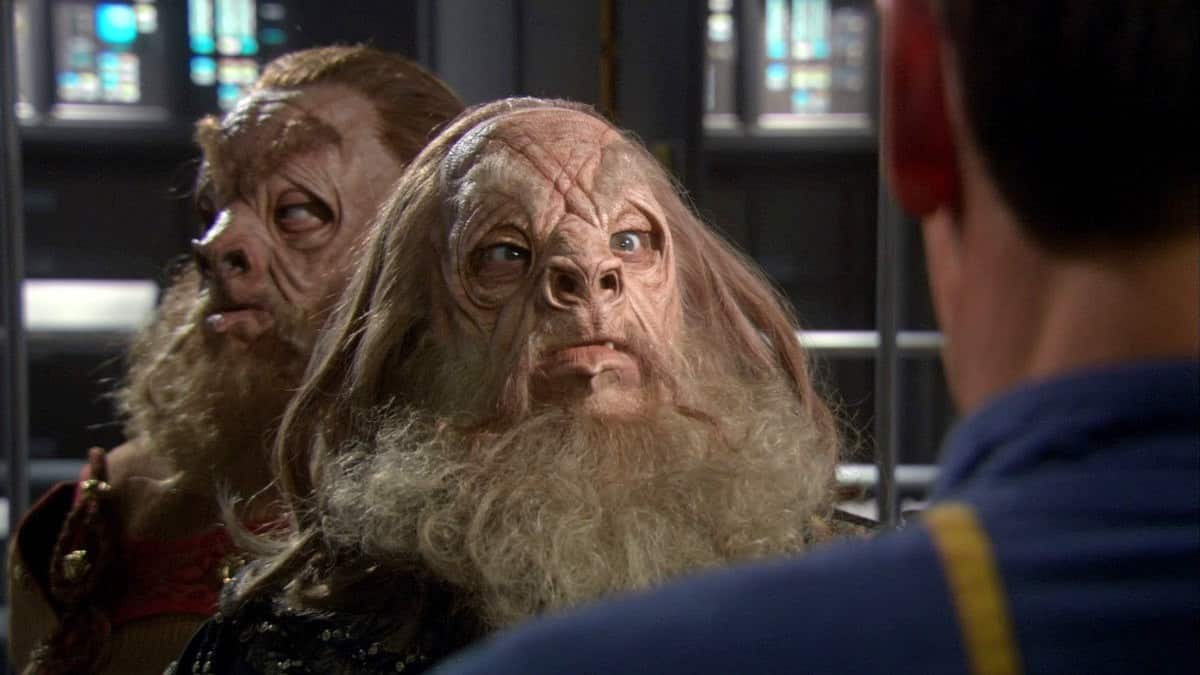
Tellarites
Tellarites are one of the four founding species of the Federation, and probably the most regularly belligerent (which is saying something since the Andorians aren’t exactly warm and cuddly). Tellarites tend to be exceptionally argumentative, and arguments are apparently considered one of Tellar Prime’s most popular sports.
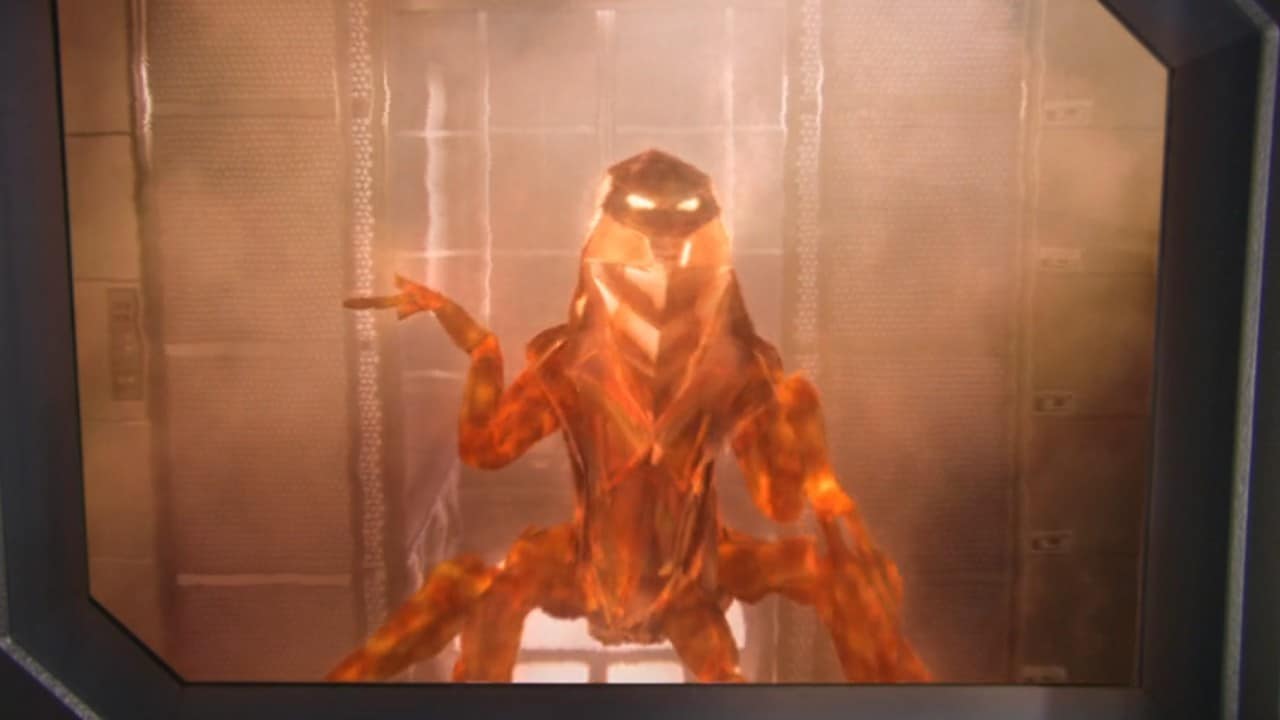
Tholians
Like the Gorn, Tholians were introduced in the Original Series, they’re fierce enemies, and they don’t play well with outsiders. These crystalline aliens are very rarely seen in canonical entries in the franchise, in large part because it wasn’t until the era of CGI that they could be properly rendered on the screen.
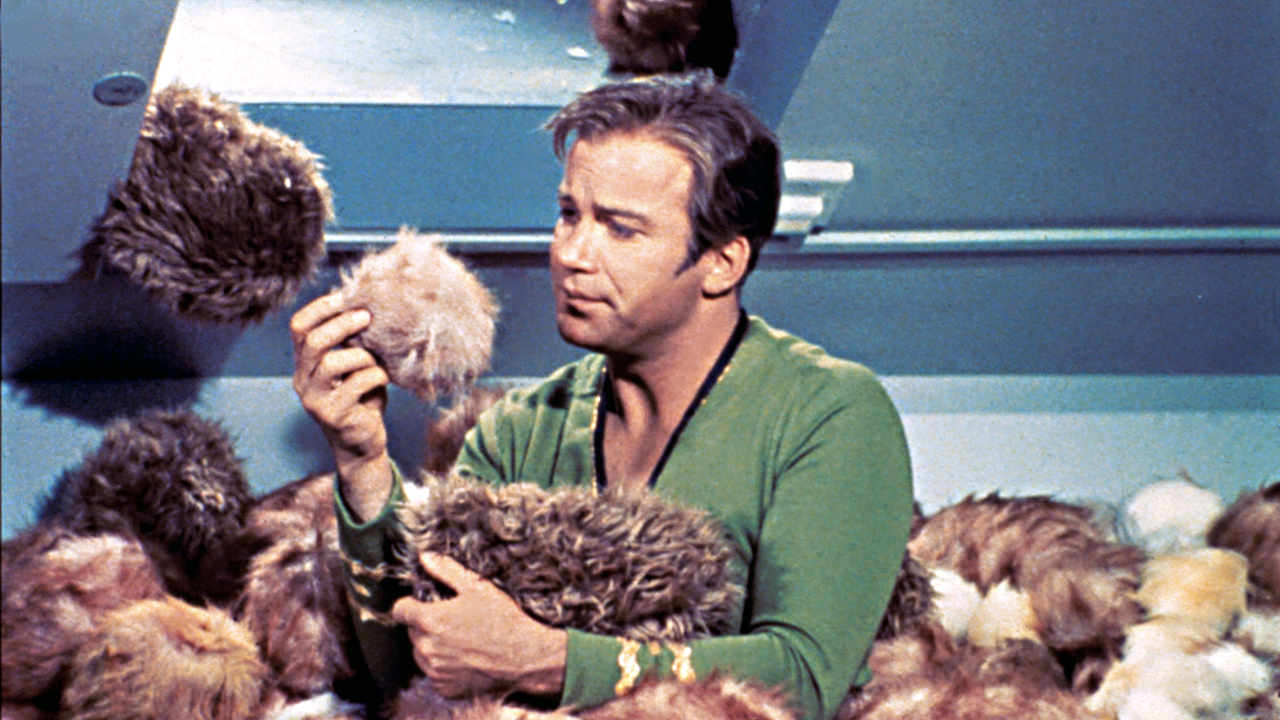
Tribbles
Tribbles are adorable, fluffy puffballs whose breeding rate would put even the most randy bunny rabbits to shame. As opposed to sex, Tribbles breed simply by consuming food. While they seem to enjoy the company of almost everyone — including the sadistic Terrans of the Mirror Universe — they have proven to be very hostile to Klingons.
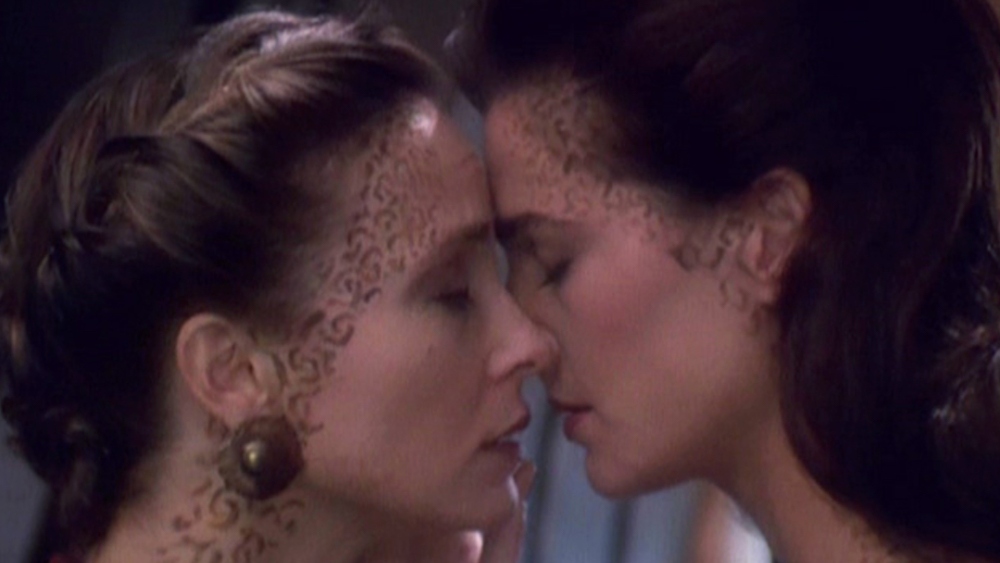
Trill
Along with the leopard-like spots that run up and down their bodies, the main thing that distinguishes the Trill from humans is that a small percentage of them are host to slug-like symbionts. Trill like Jadzia (Terry Farrell) who are fortunate enough to become hosts share not only memories but personalities with their symbionts, essentially becoming entirely new people.
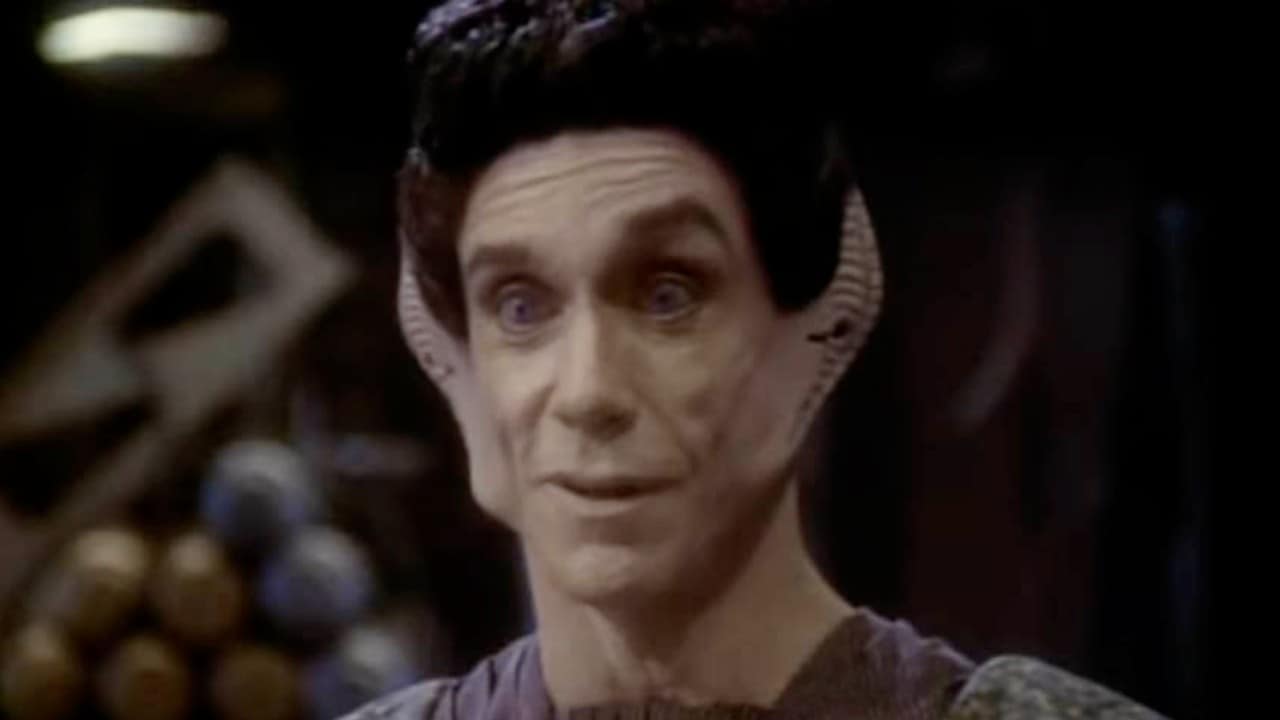
Vorta
Like the Jem’Hadar, the Vorta are servants of the Dominion, though they’re significantly higher up in the ranks. The Vorta are the diplomats of the Dominion as well as the military leaders of the Jem’Hadar, taking the responsibility of distributing the Ketracel-white. Immune to most poisons and frequently cloned upon death, the Vorta are genetically modified to resist assassination attempts.
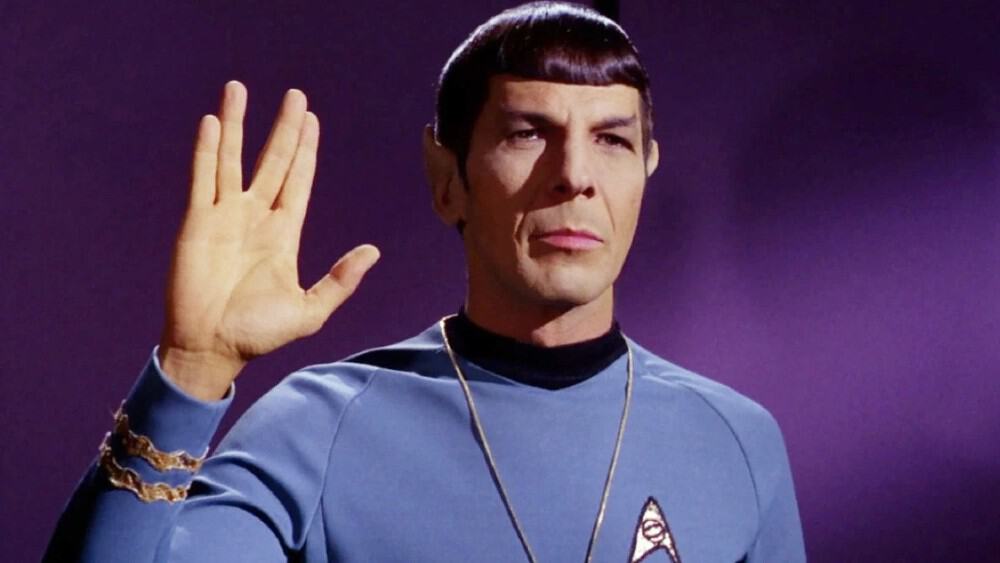
Vulcans
The Vulcans are easily the most well-known aliens of Star Trek, thanks to the iconic Leonard Nimoy who immortalized Spock. Following the teachings of Surak, most Vulcans have abandoned their powerful passions of the past to embrace logic and the suppressing of their emotions. One of the four founding Federation members, Vulcans were the first race to officially make contact with humans as portrayed in 1996’s Star Trek: First Contact.
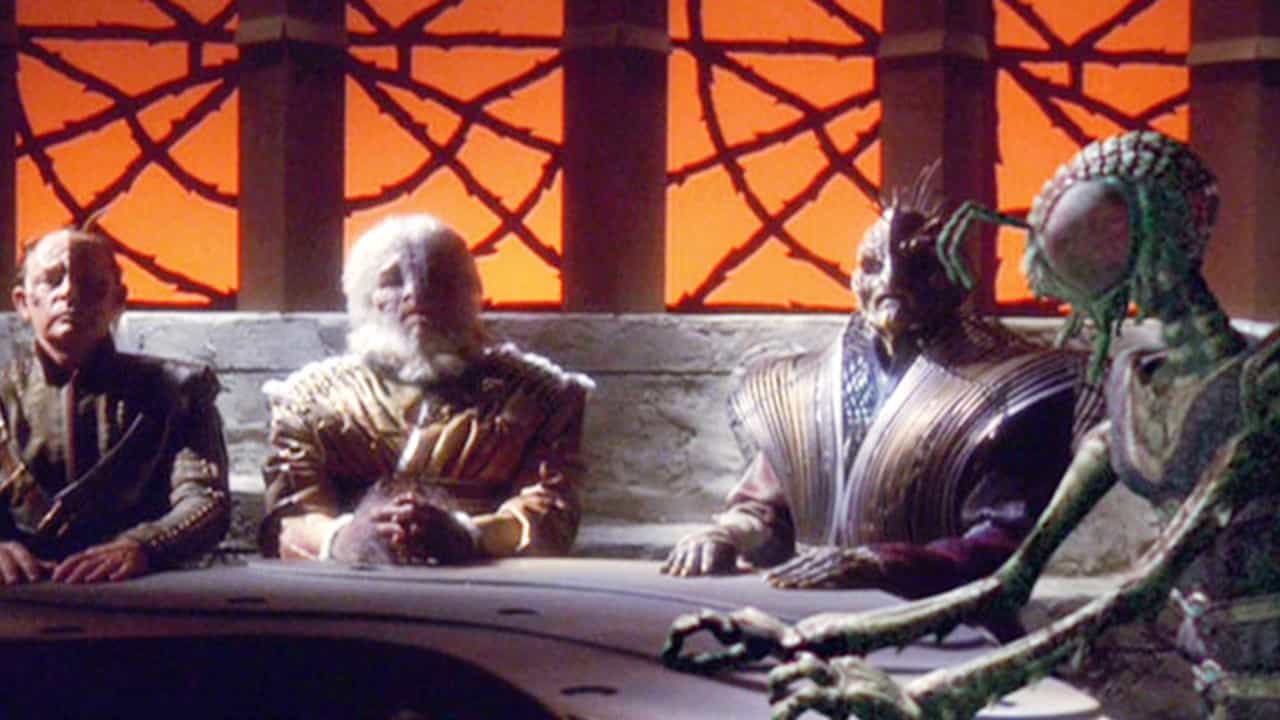
Xindi
Introduced in Enterprise, the Xindi were actually a collection of five species that developed on the same planet. There are the primates, arboreals, reptilians, insectoids, and the aquatics. At one time there was also an avian Xindi species that went extinct before the events of Enterprise. Humanity became aware of the Xindi when the latter tried to eliminate the people of Earth after being convinced humanity was their greatest threat.
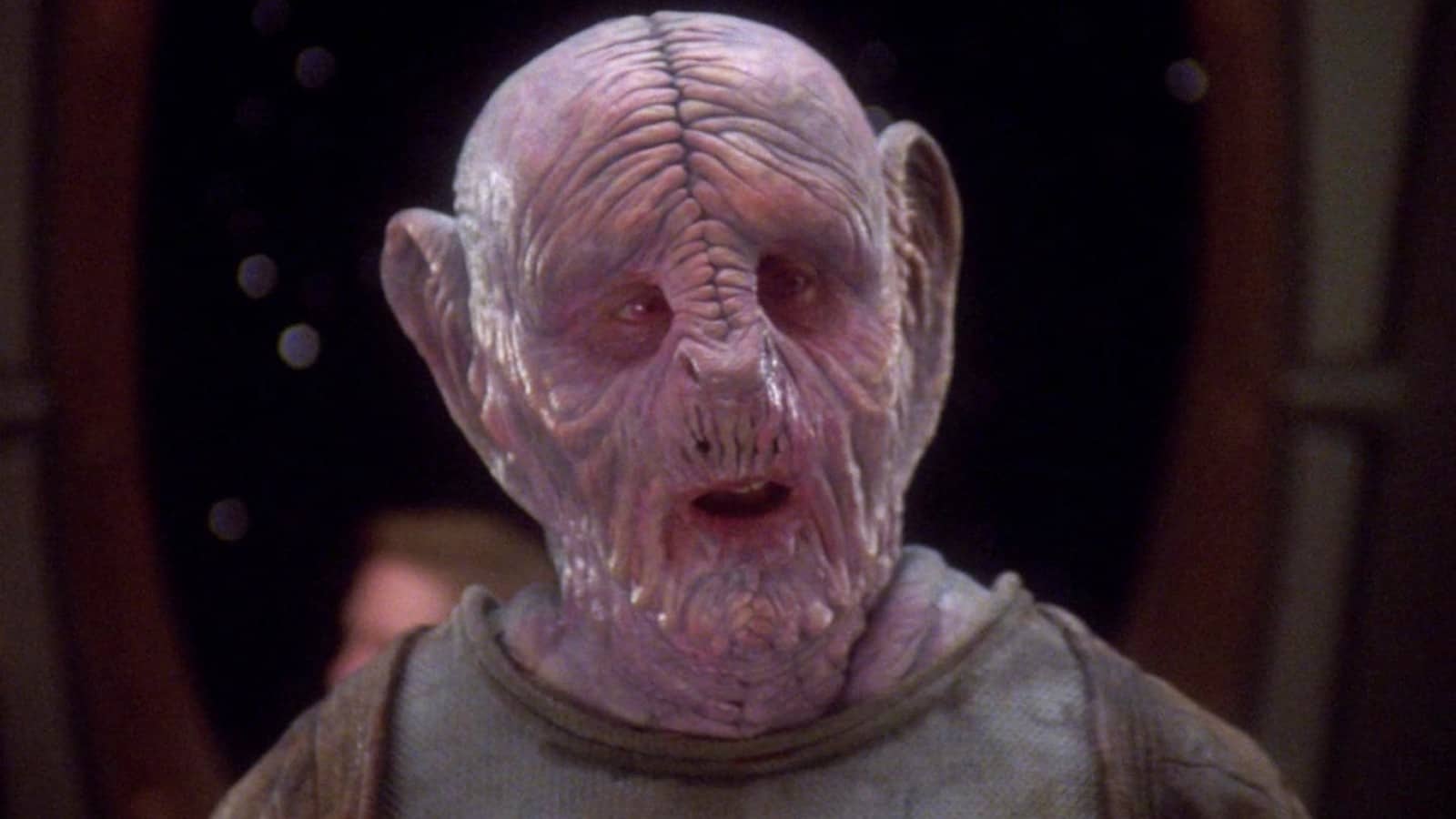
Yridians
Yridians have chiefly shown up in the TNG era of Trek, and mostly as seedy types who can’t be trusted. Looking like kind of a mix between impossibly elderly humans and rodents, Yridians often work as smugglers and/or information brokers. For example it’s an Yridian in the two-part TNG episode “Birthright” who sells Worf (Michael Dorn) the lie that his father is still alive and being kept prisoner by the Romulans.
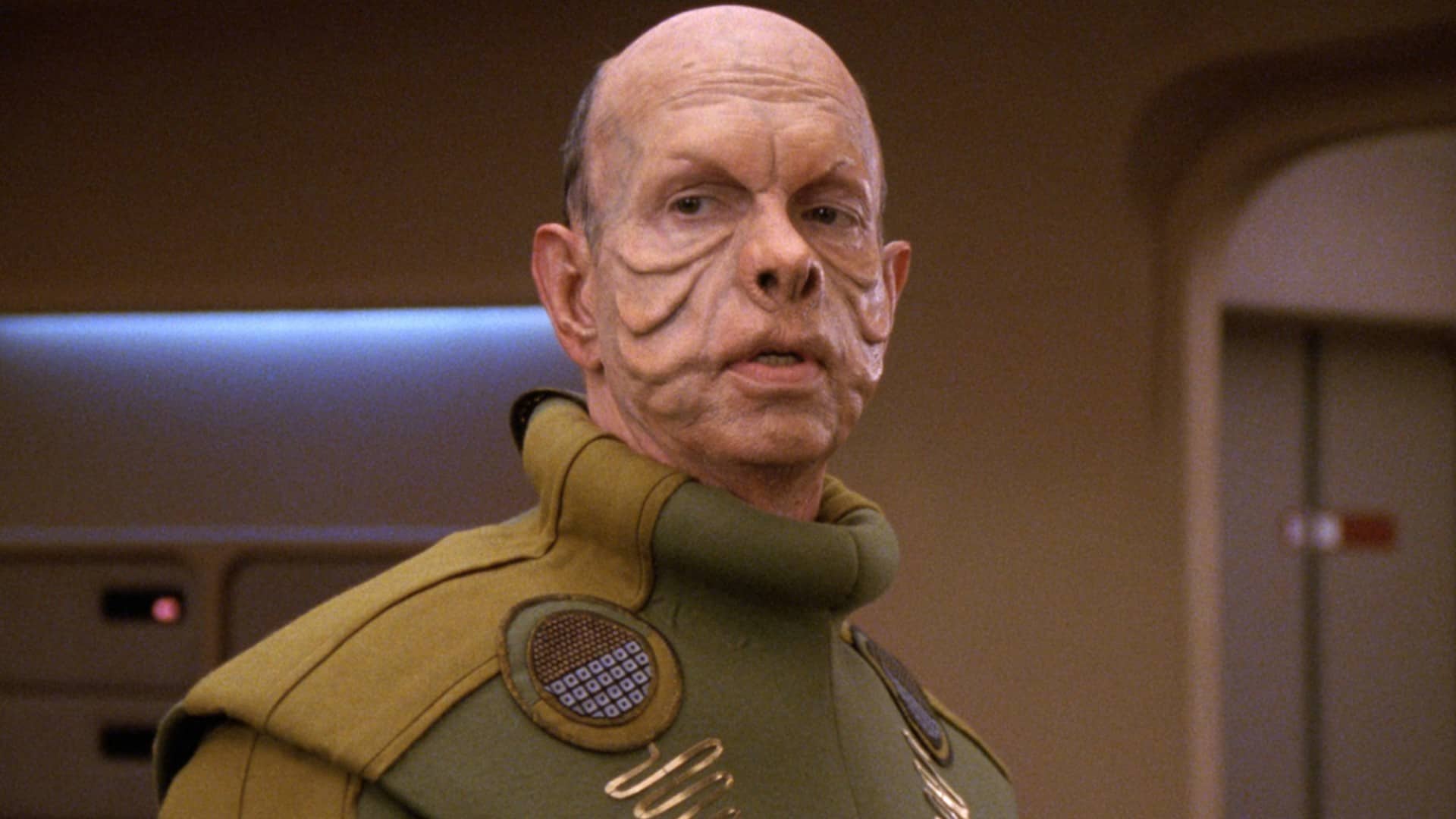
Zakdorn
A relatively minor member of the Federation, the Zakdorn have a reputation for well-earned arrogance. They often possess keen strategic thought, but unfortunately are known to be unpleasant and difficult to deal with. For example in the TNGtwo-parter “Unification,” the Zakdorn quartermaster Klim Dokachin (Graham Jarvis) proves uncooperative with Commander Riker (Jonathan Frakes), and is only swayed by the charms of Deanna Troi.
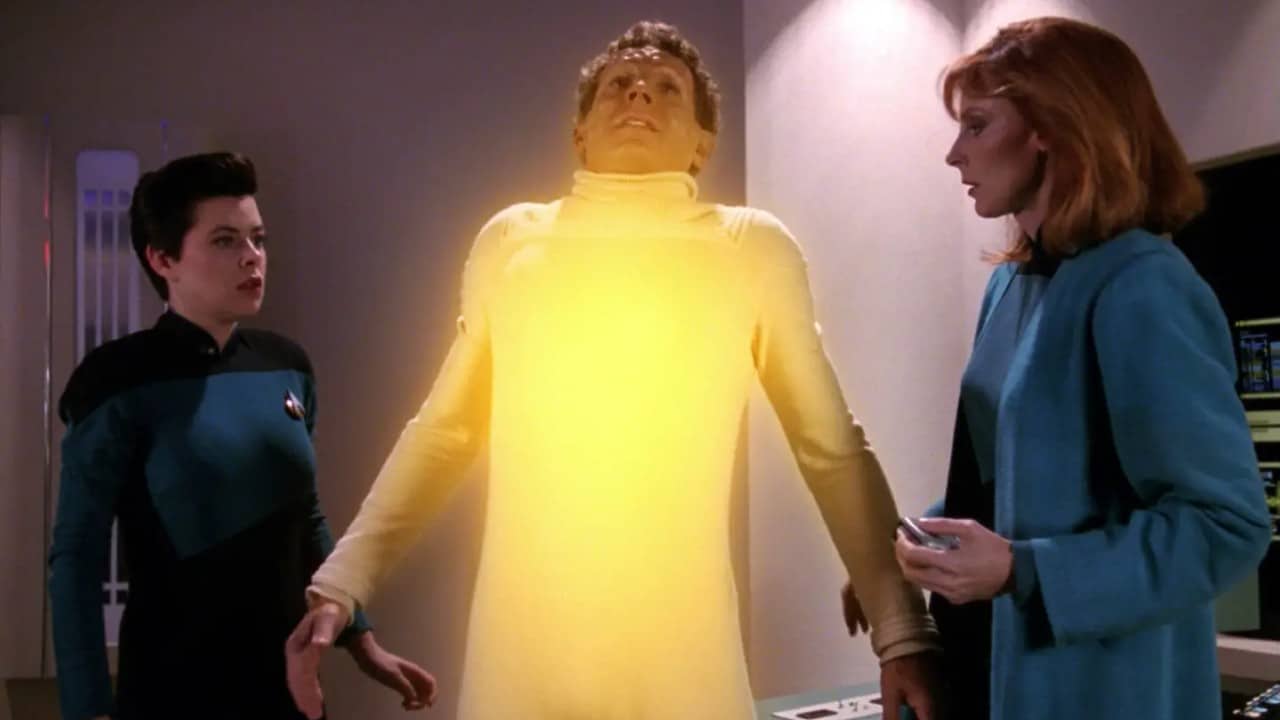
Zalkonians
So far Zalkonians’ one canonical appearance in the franchise is TNG‘s Season 3 episode “Transfigurations,” when one of the aliens known only as John Doe (Mark Lamura) is being hunted by Commander Sunad (Charles Dennis). A small percentage of Zalkonians, we learn, are born with the potential to evolve into non-corporeal beings with powerful psionic abilities. These outliers are exterminated by other Zalkonians, though thankfully John Doe survives.
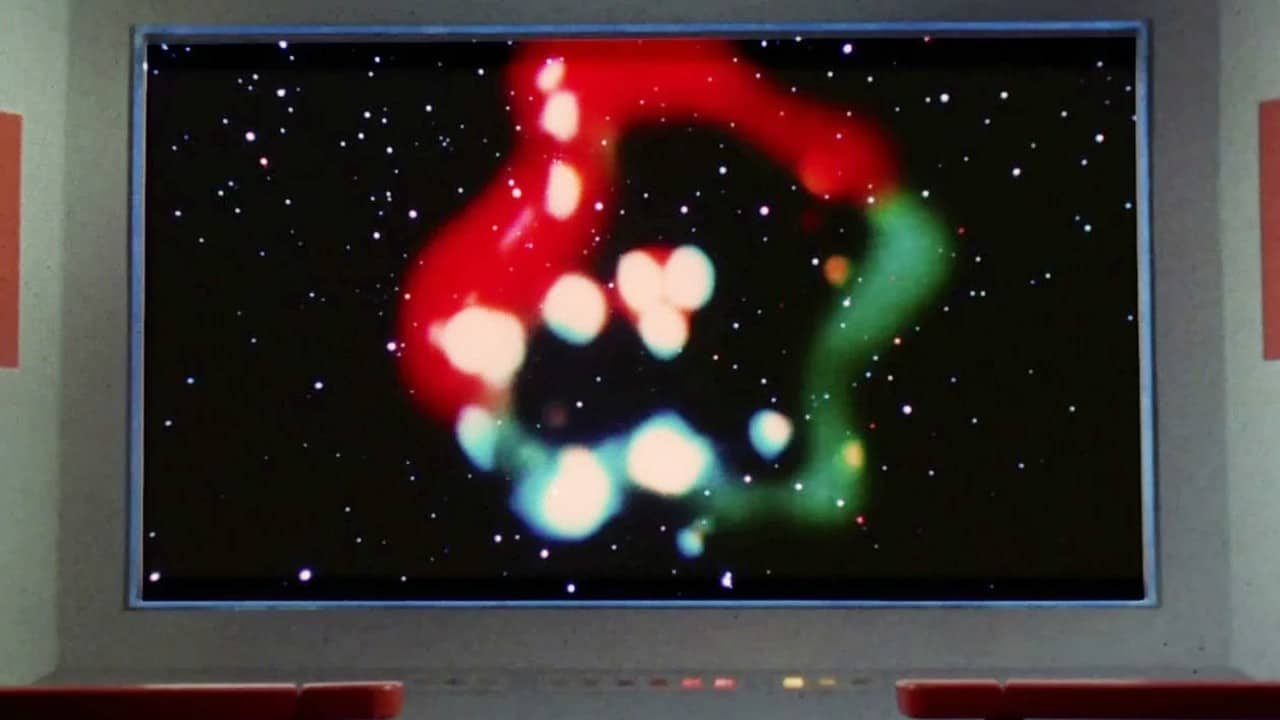
Zetarians
First appearing in the Original Series episode “The Lights of Zetar,” Zetarians were once corporeal beings. A series of cataclysmic events rocked their world, transforming the survivors into non-corporeal beings that appear as multicolored flashes of light. They can also take over the bodies of corporeal beings and killing the people whom they inhabit.


